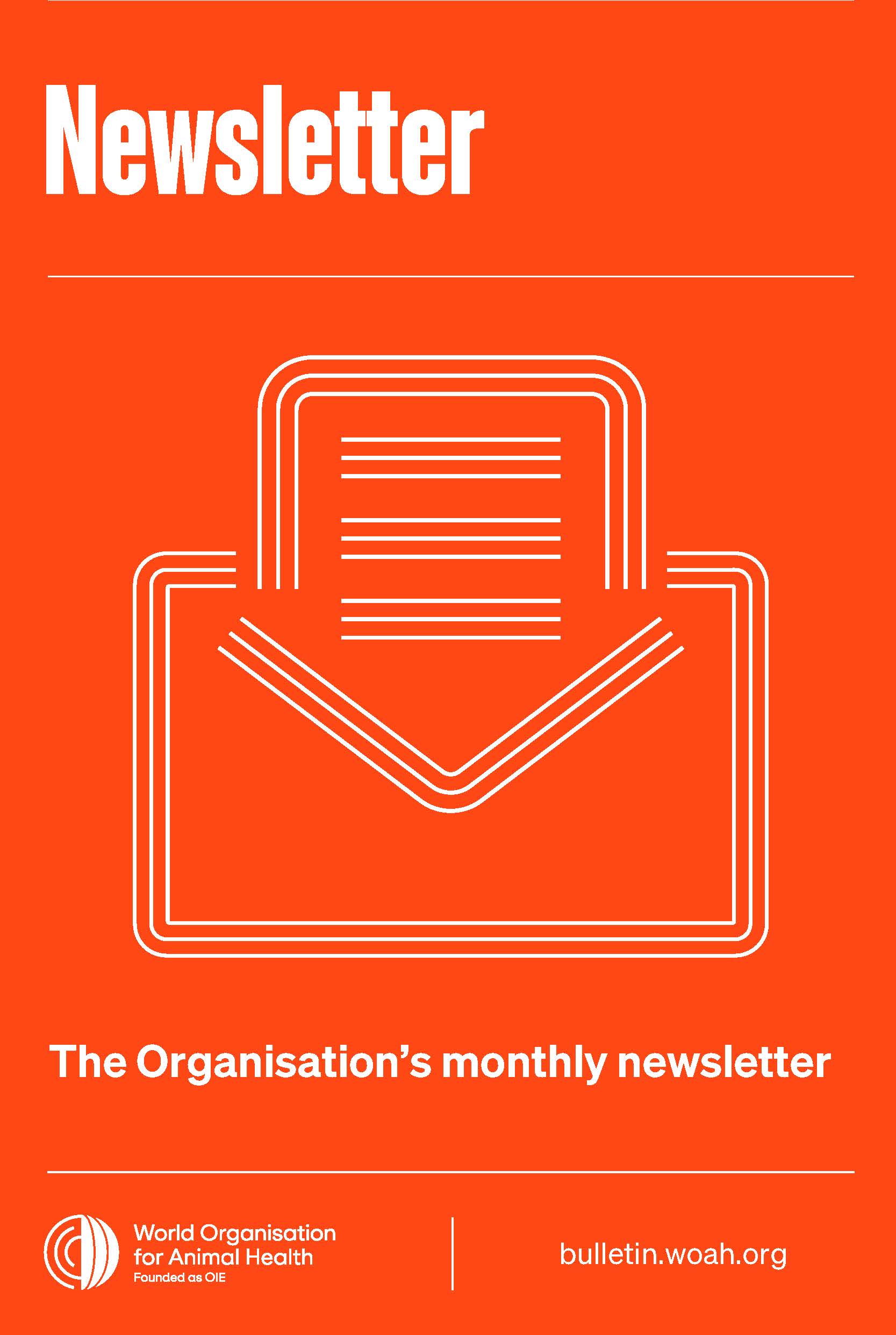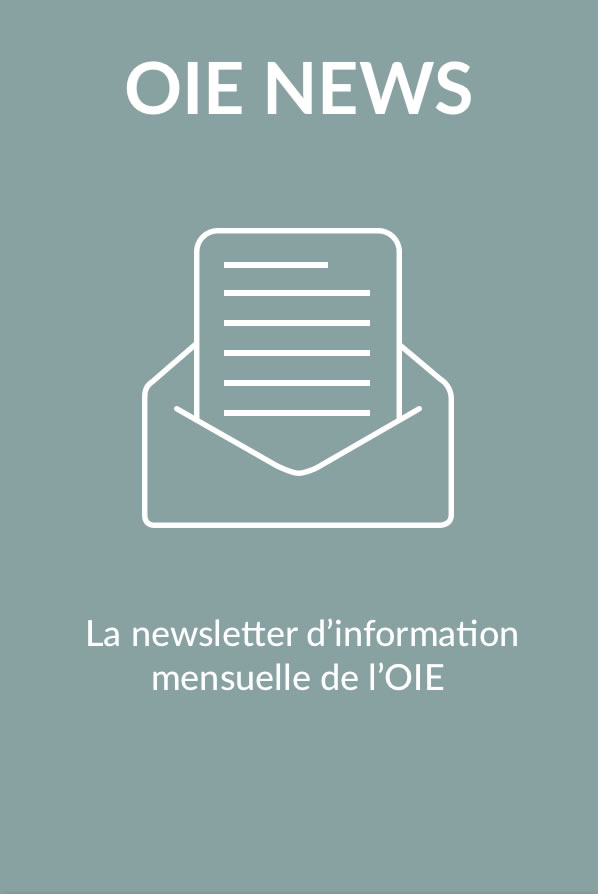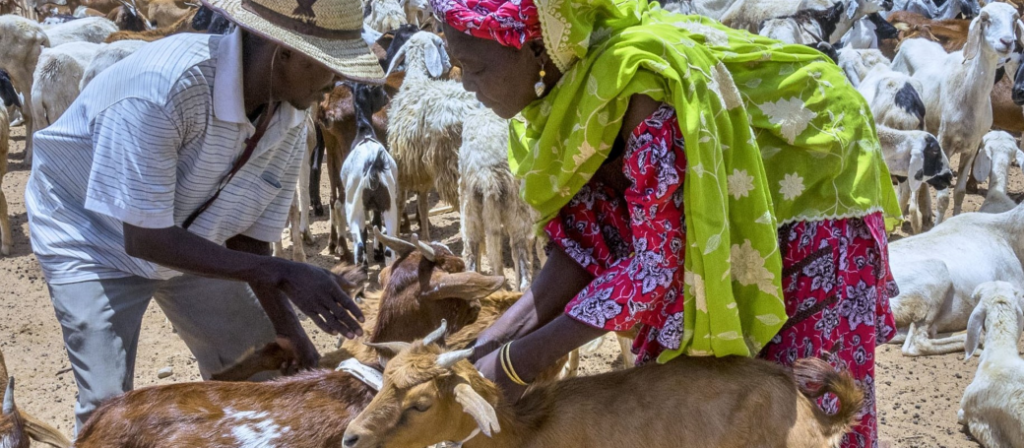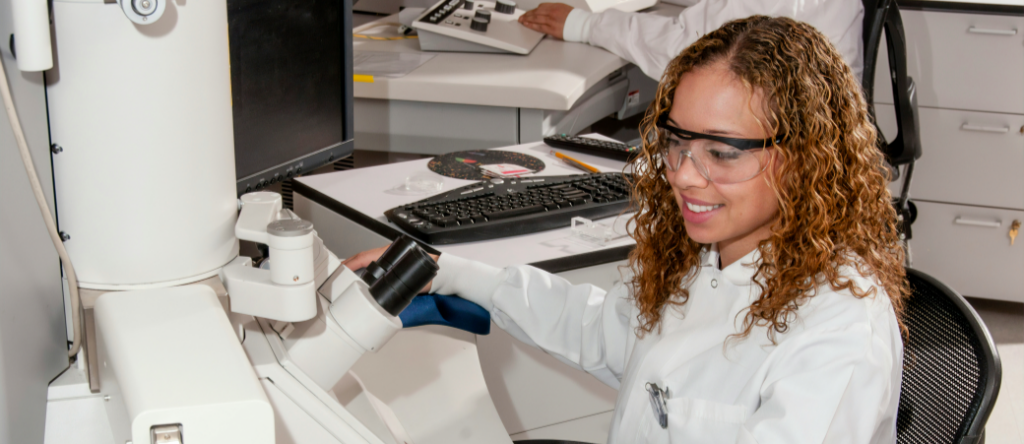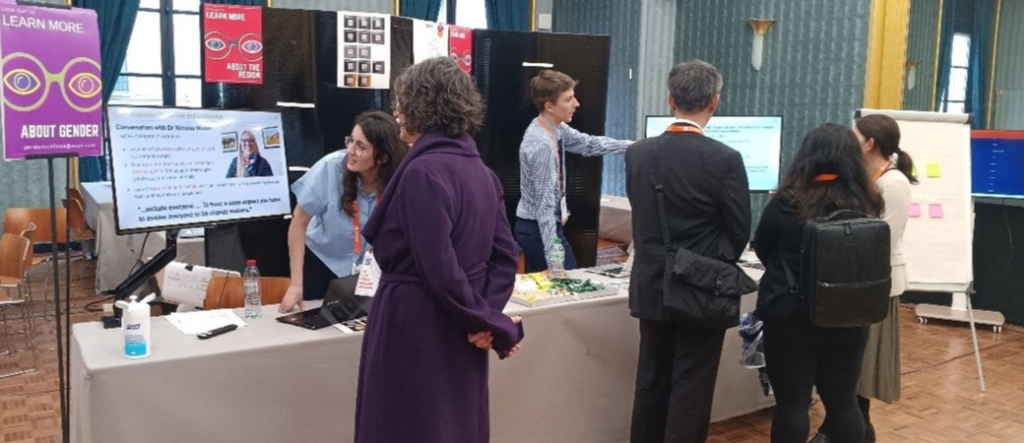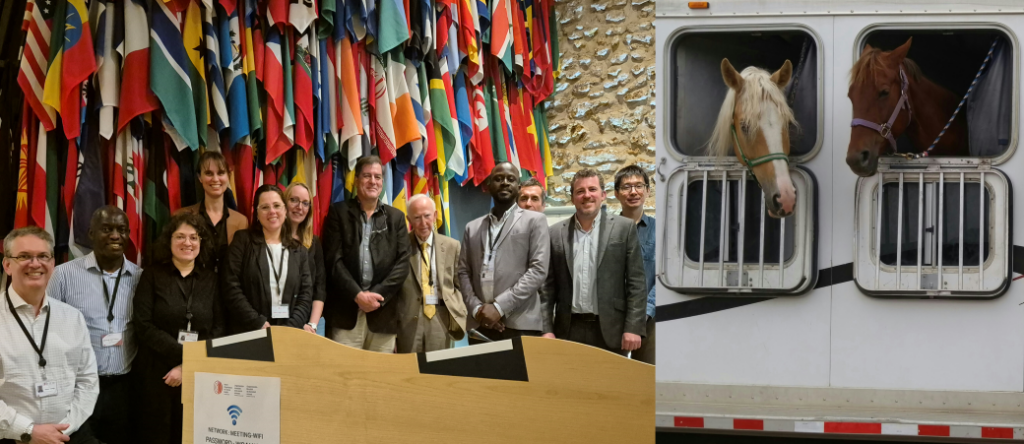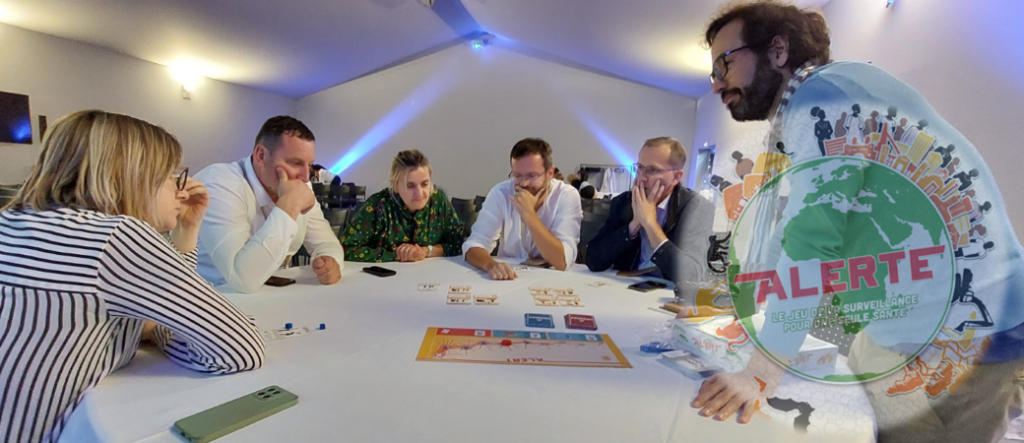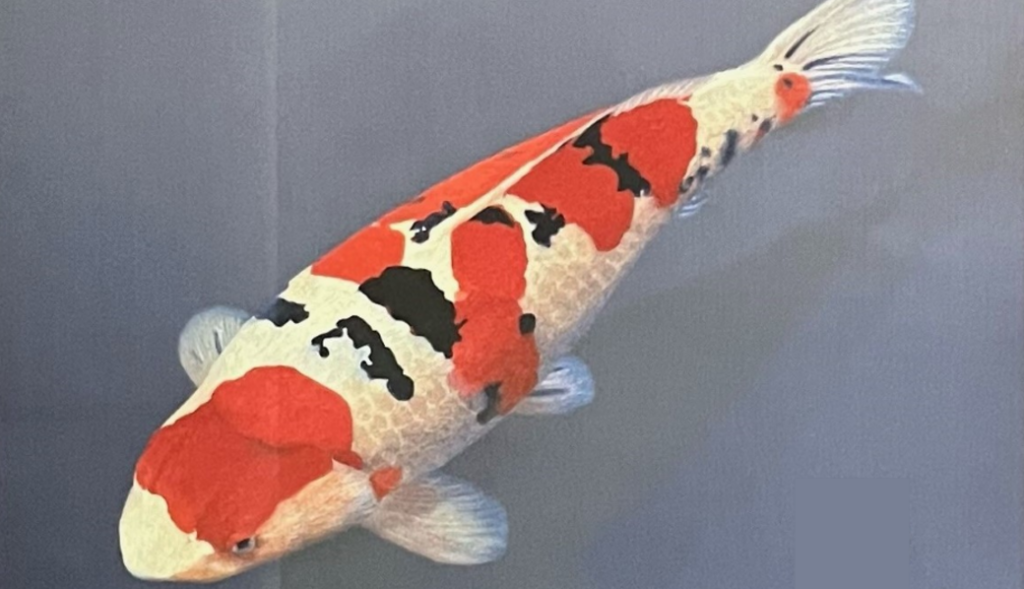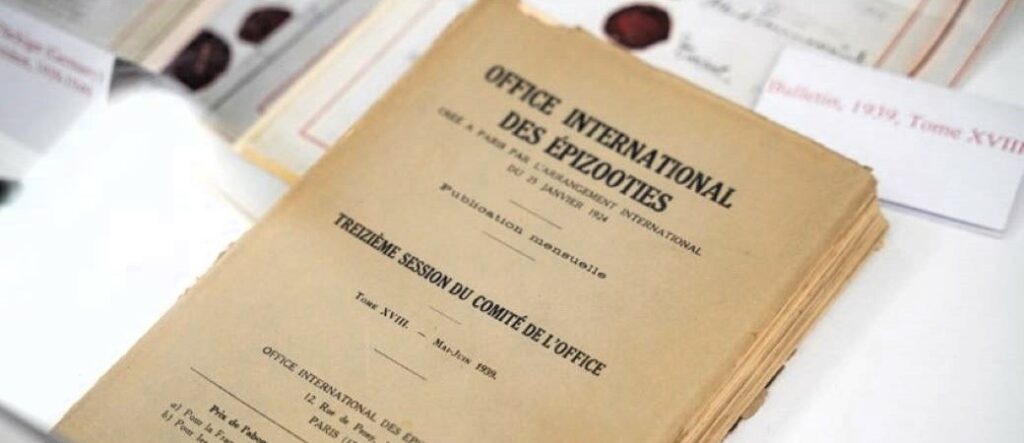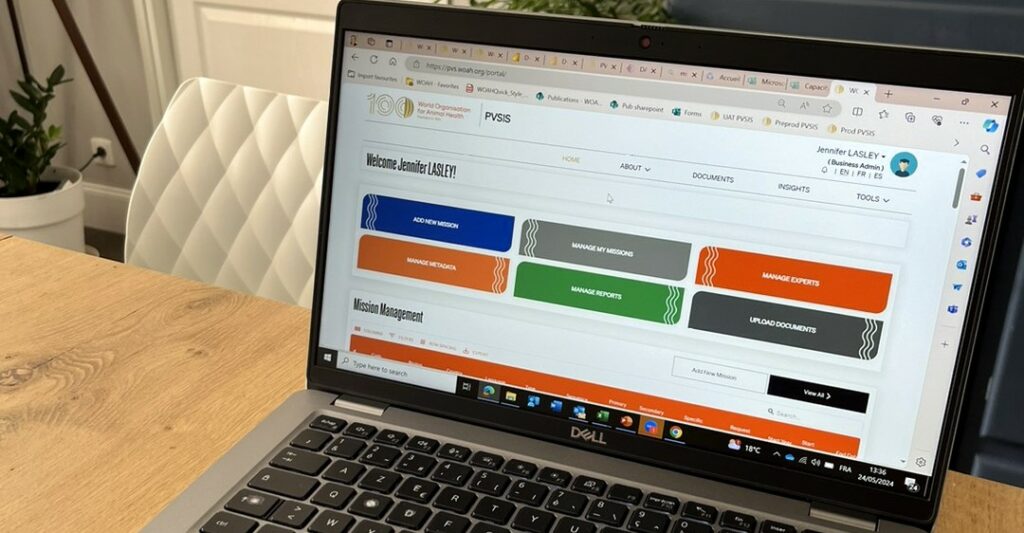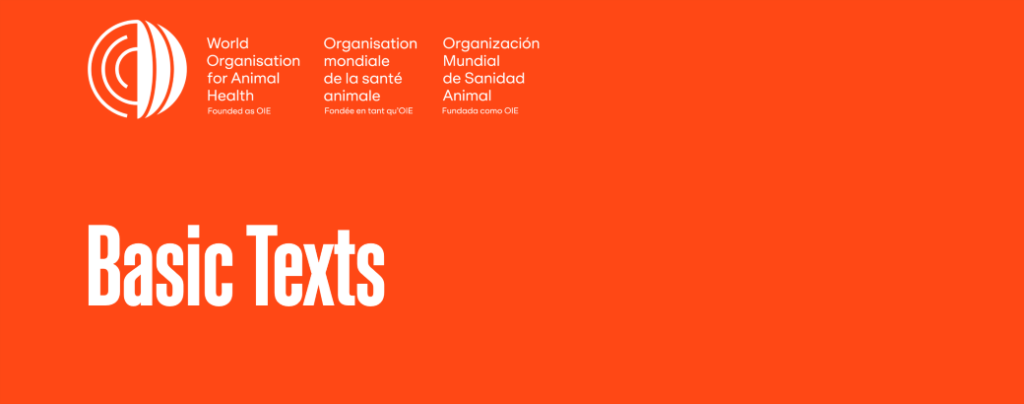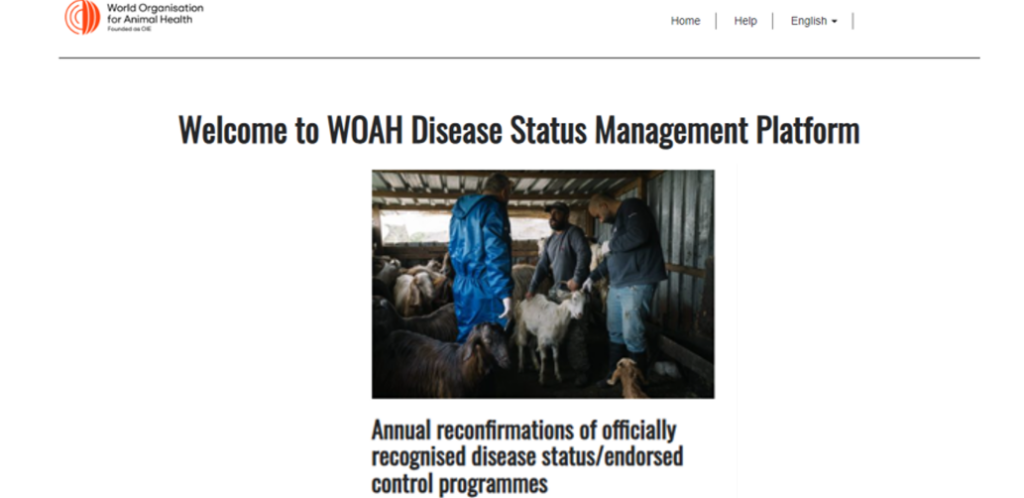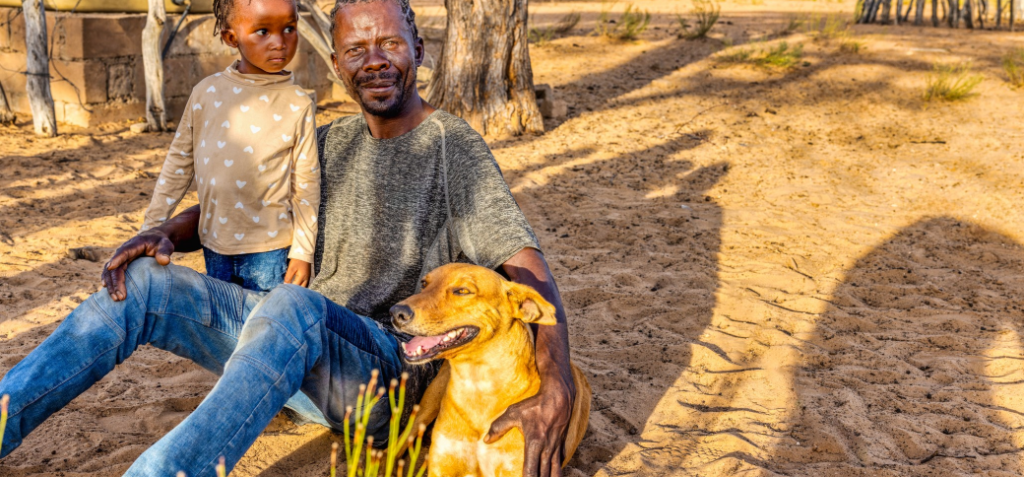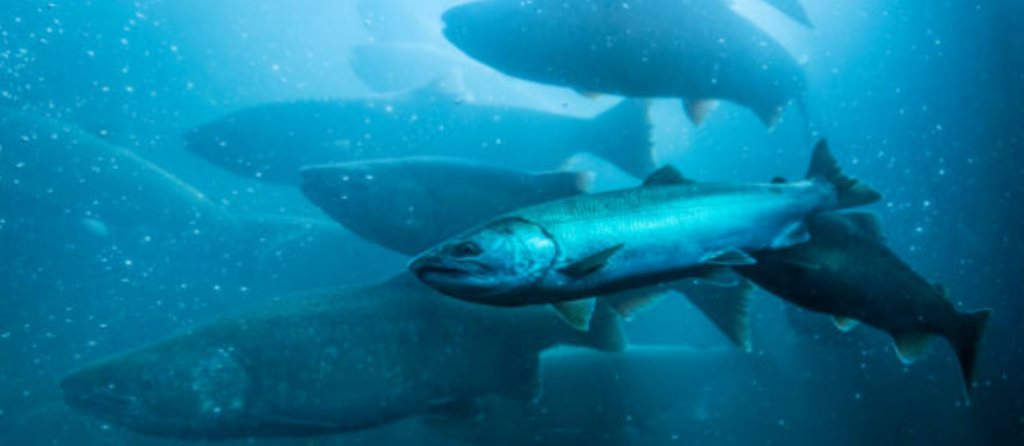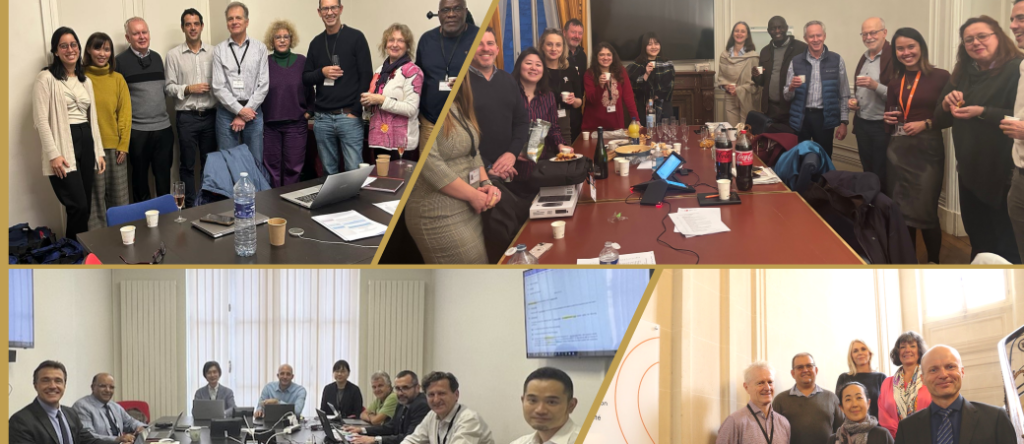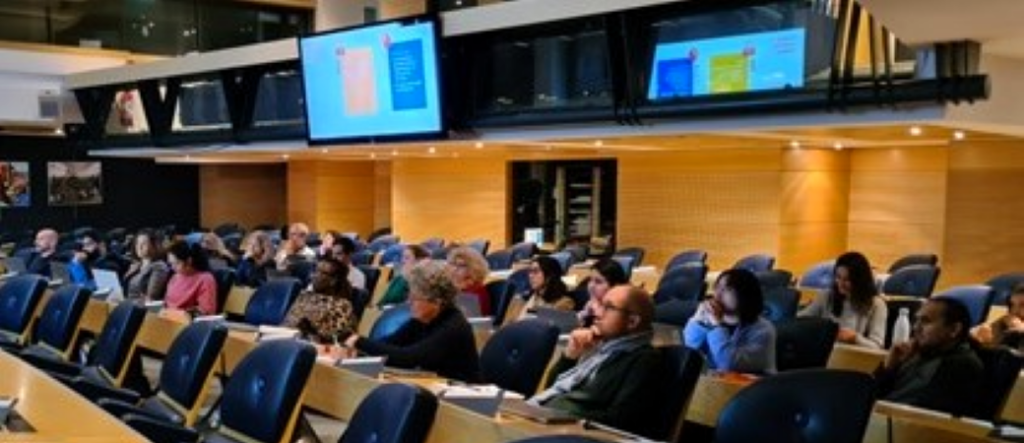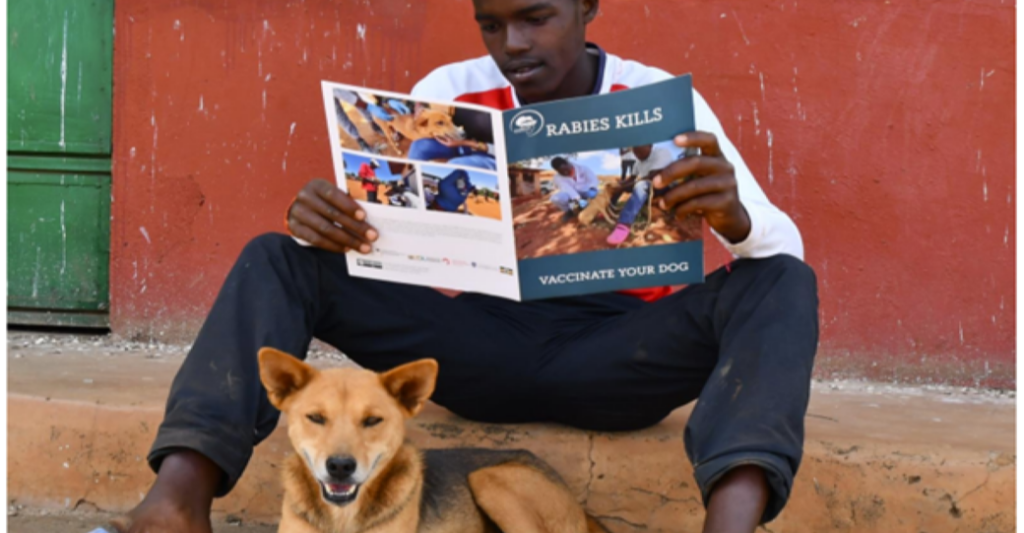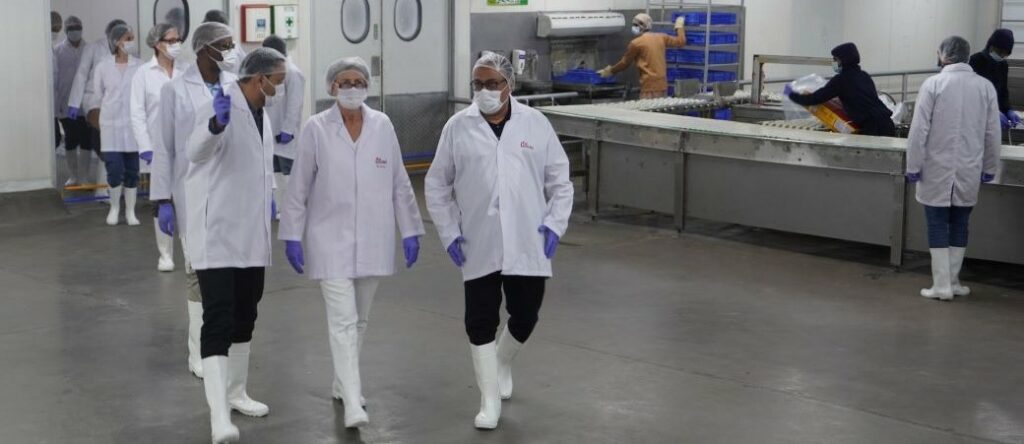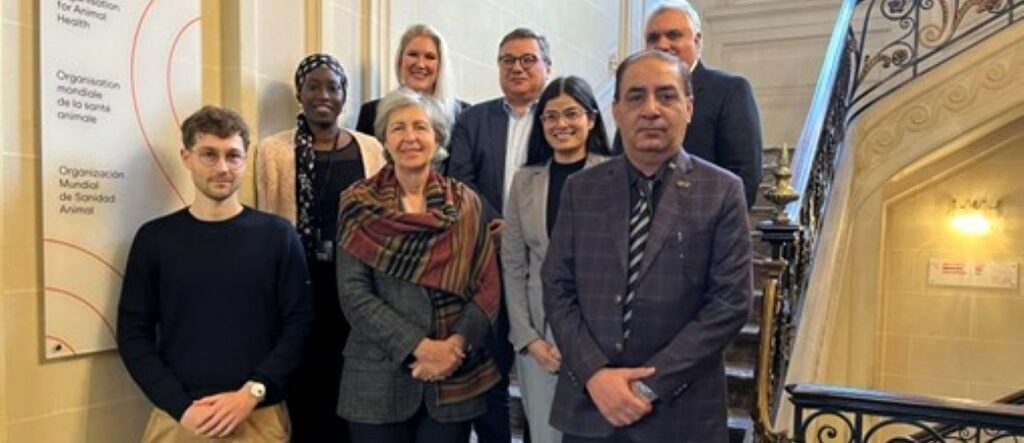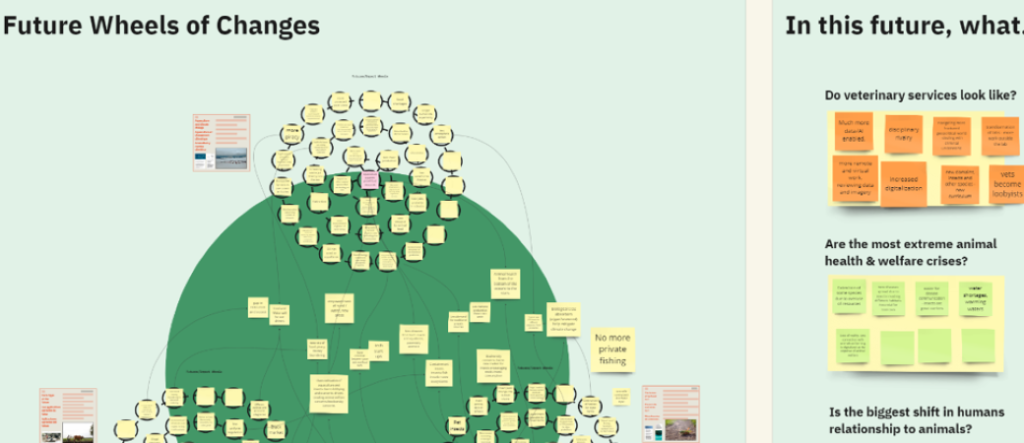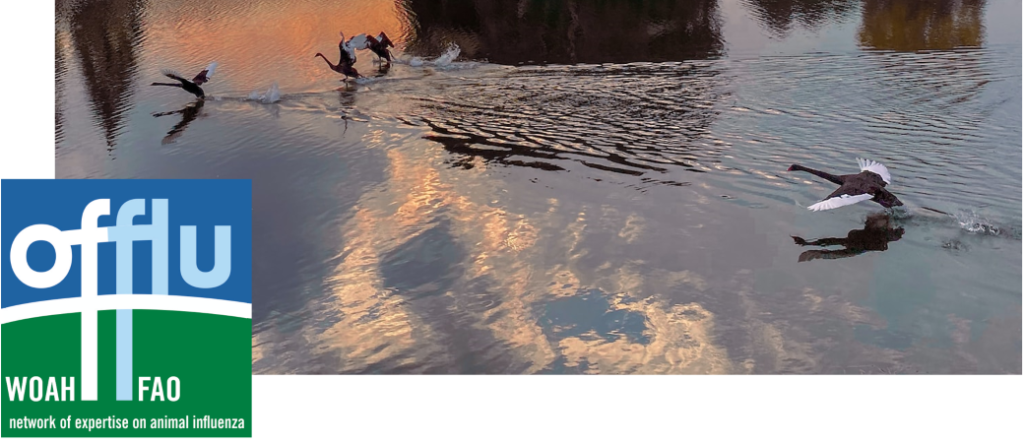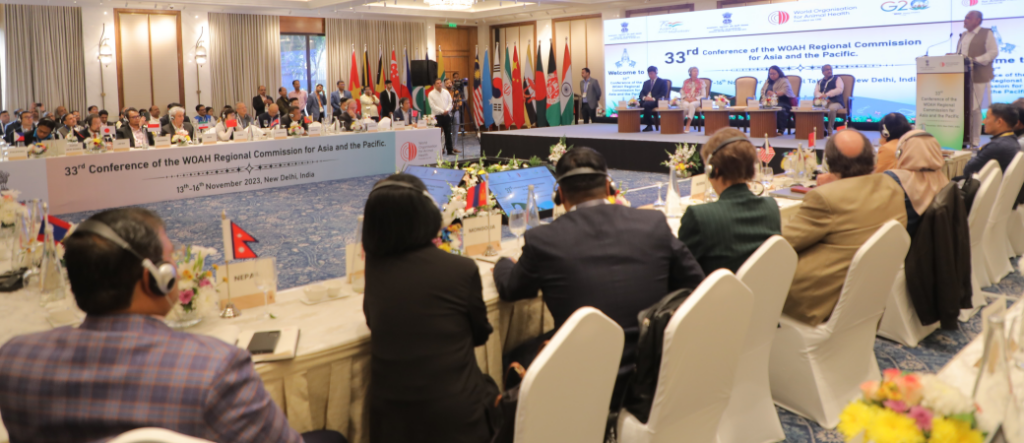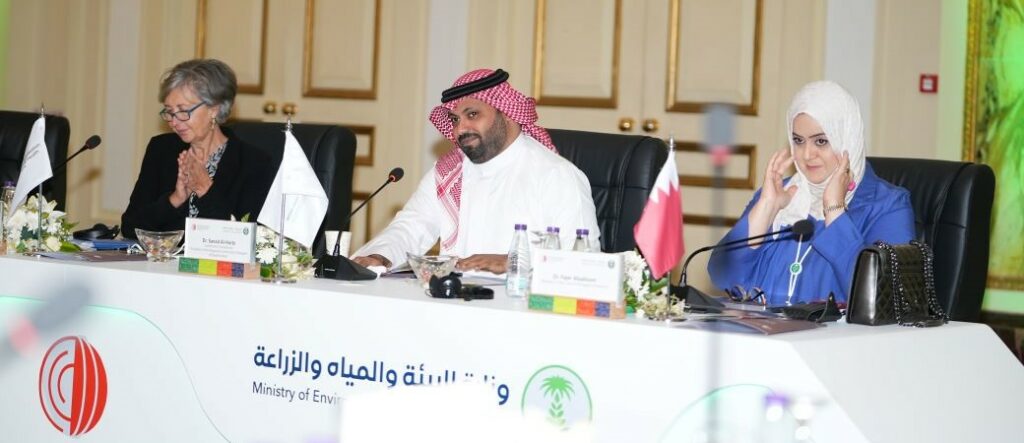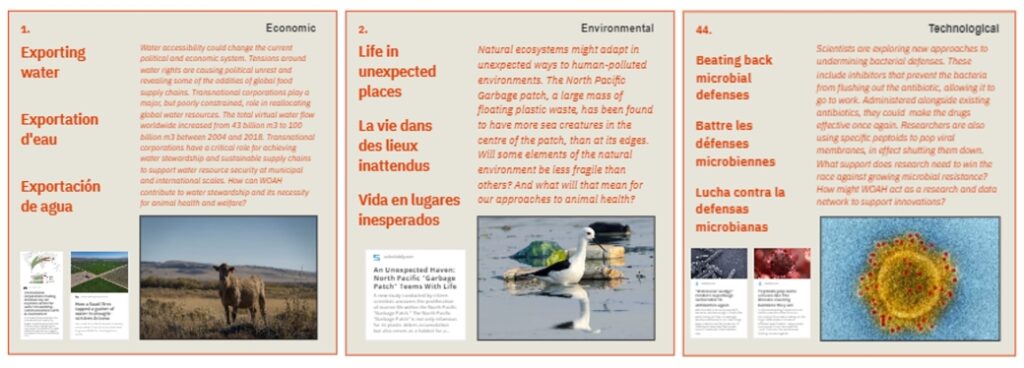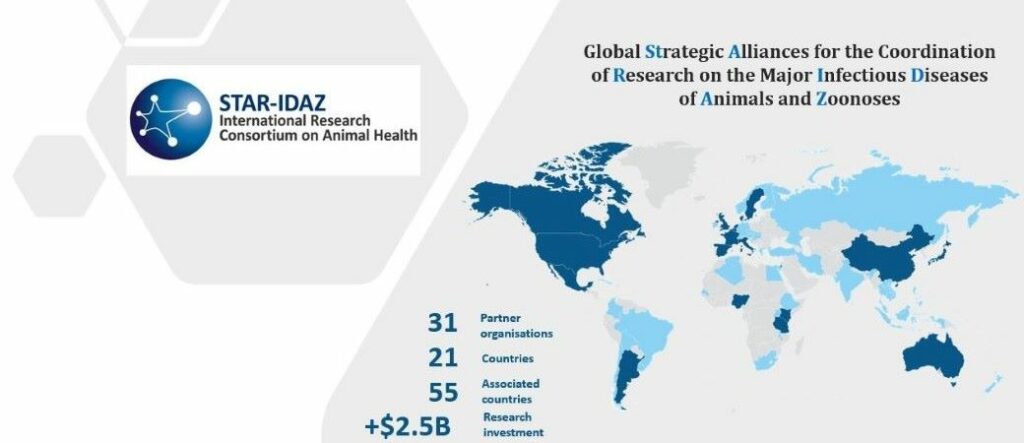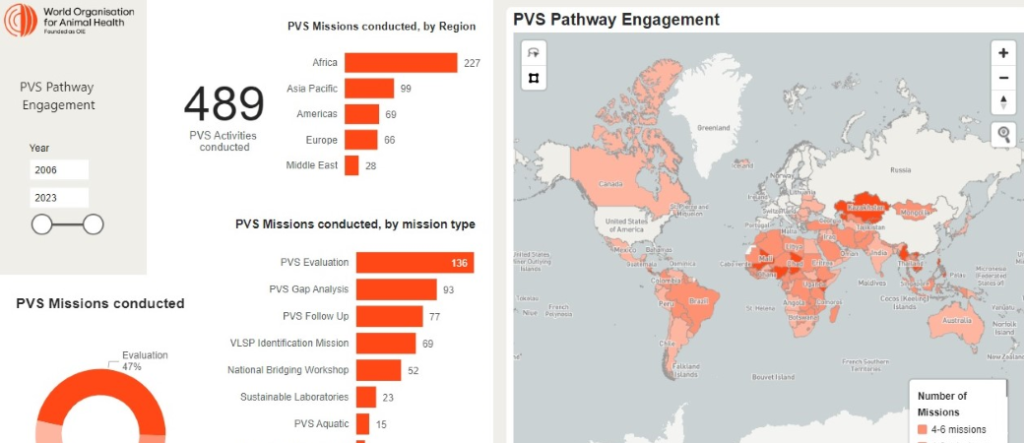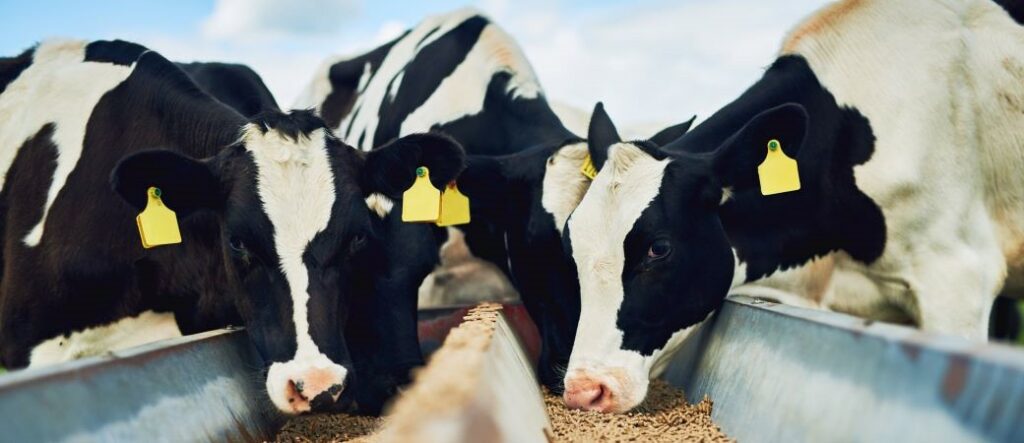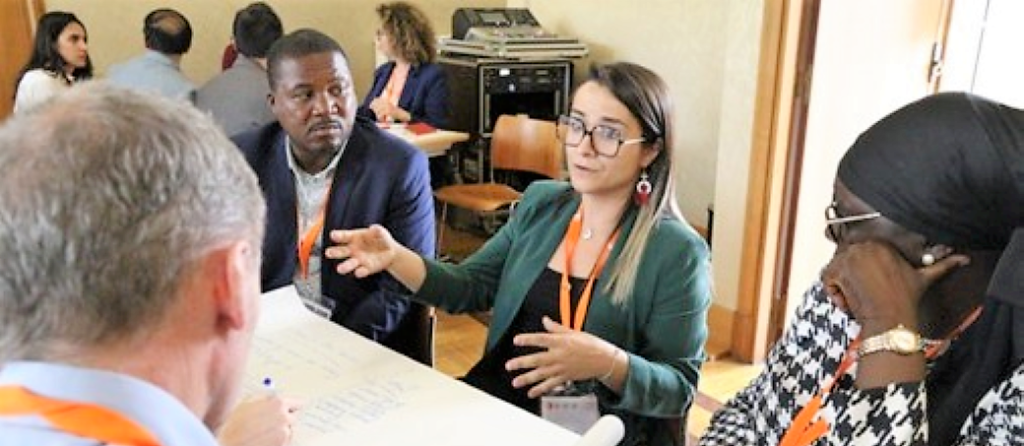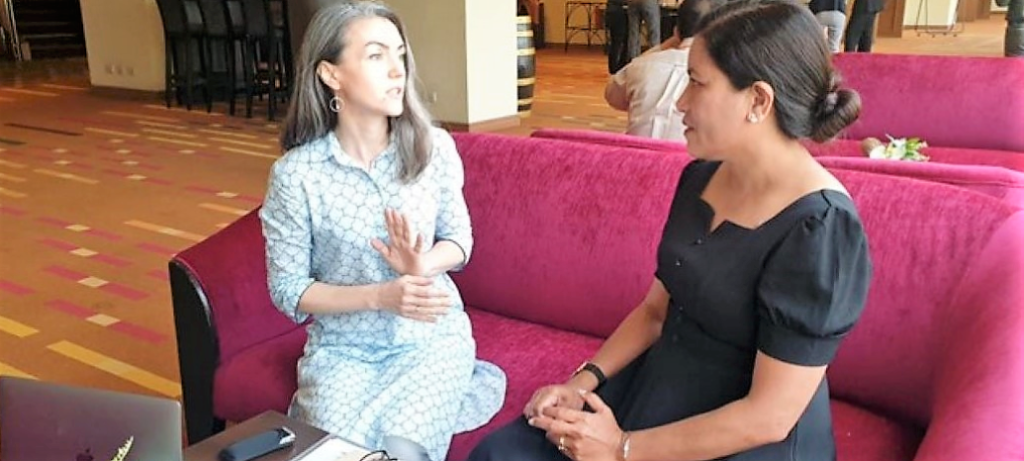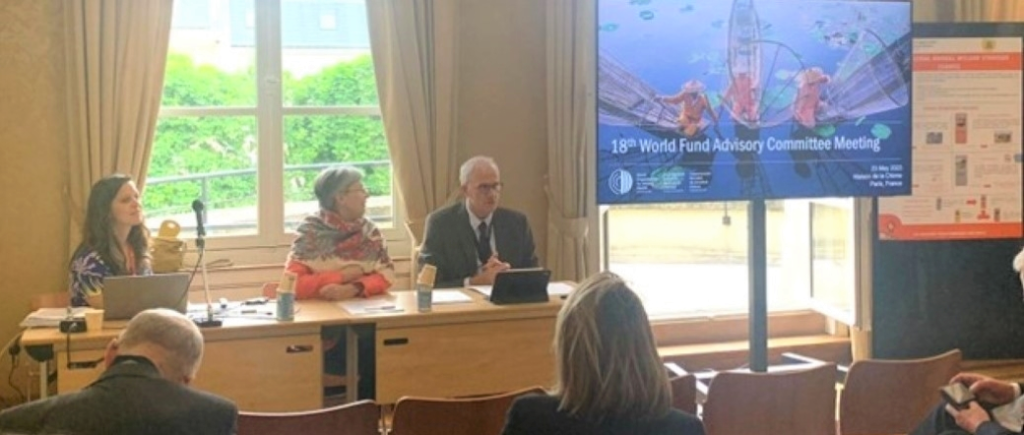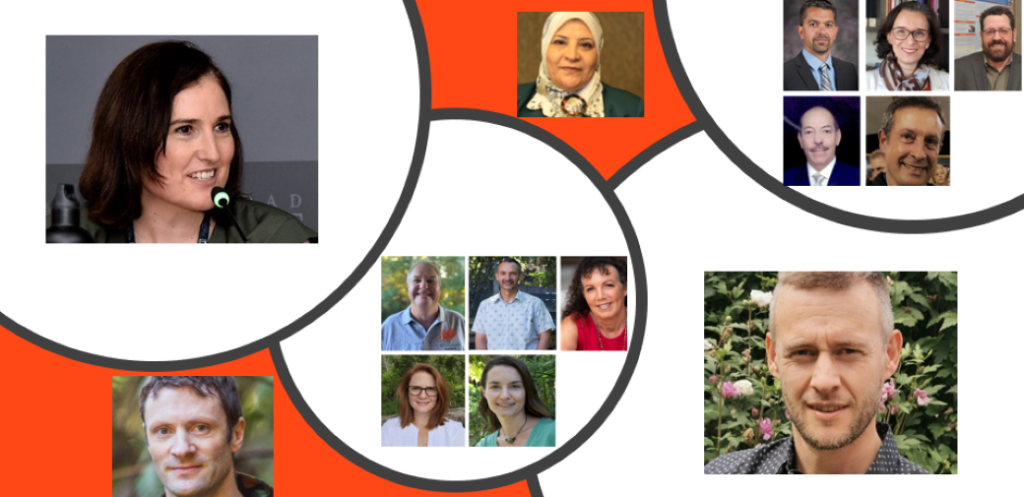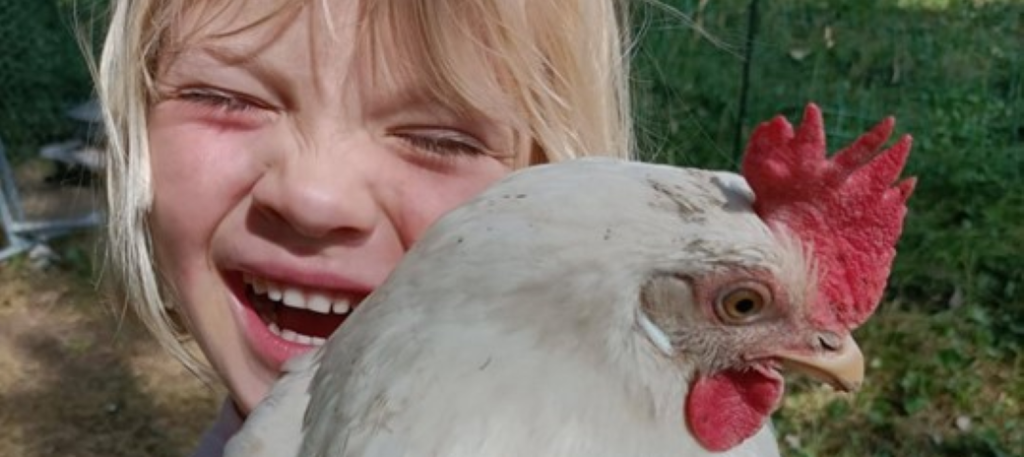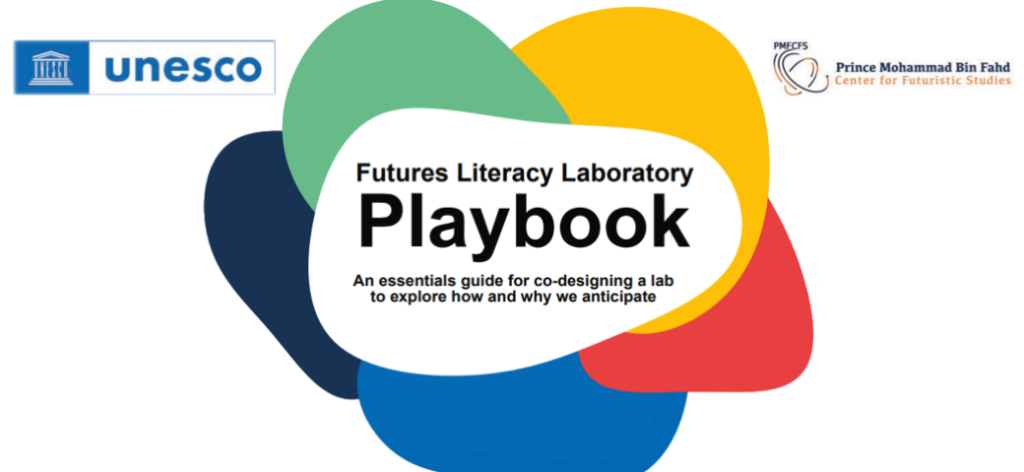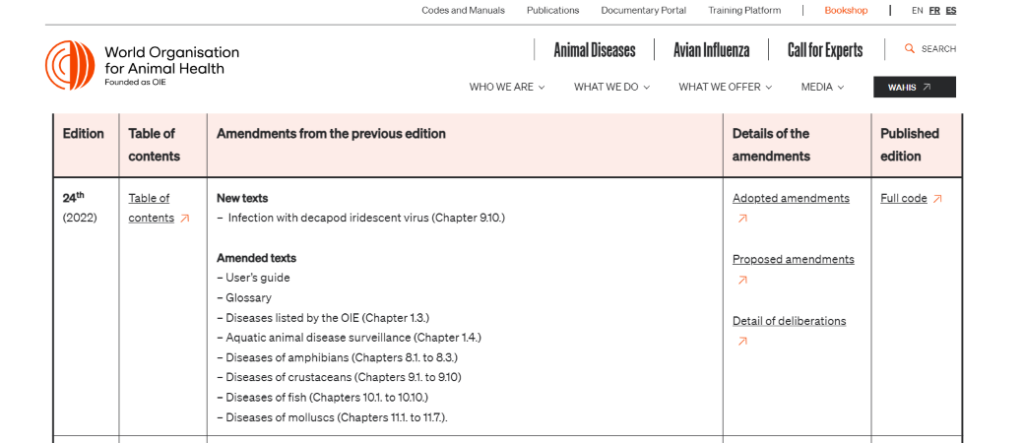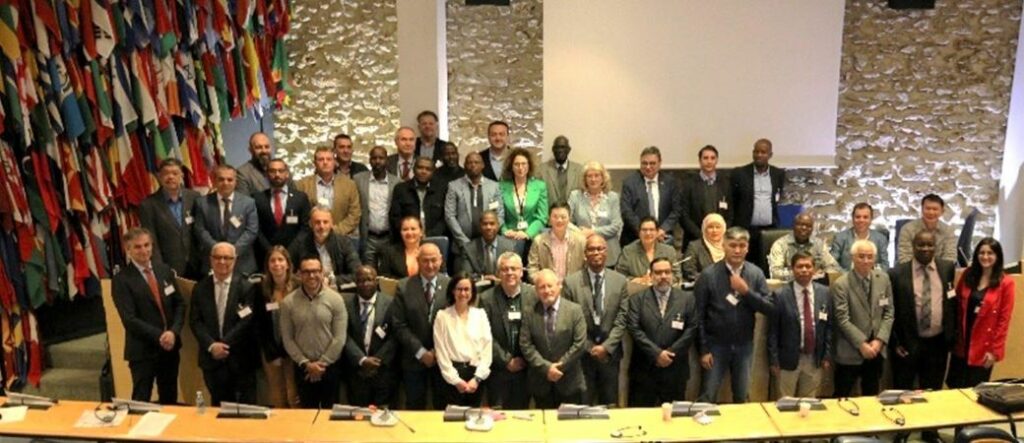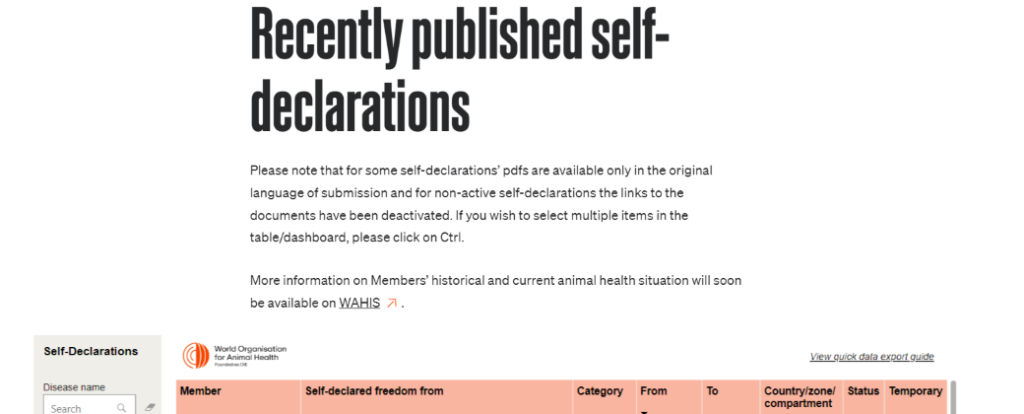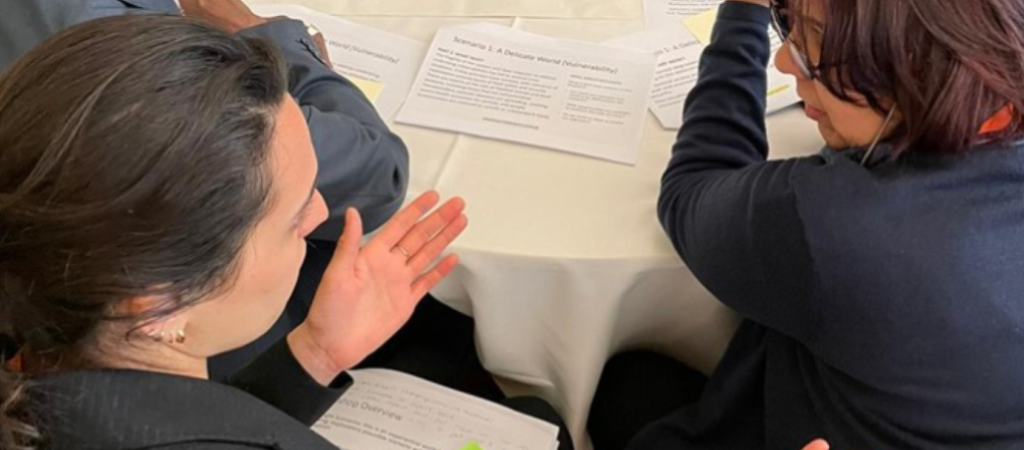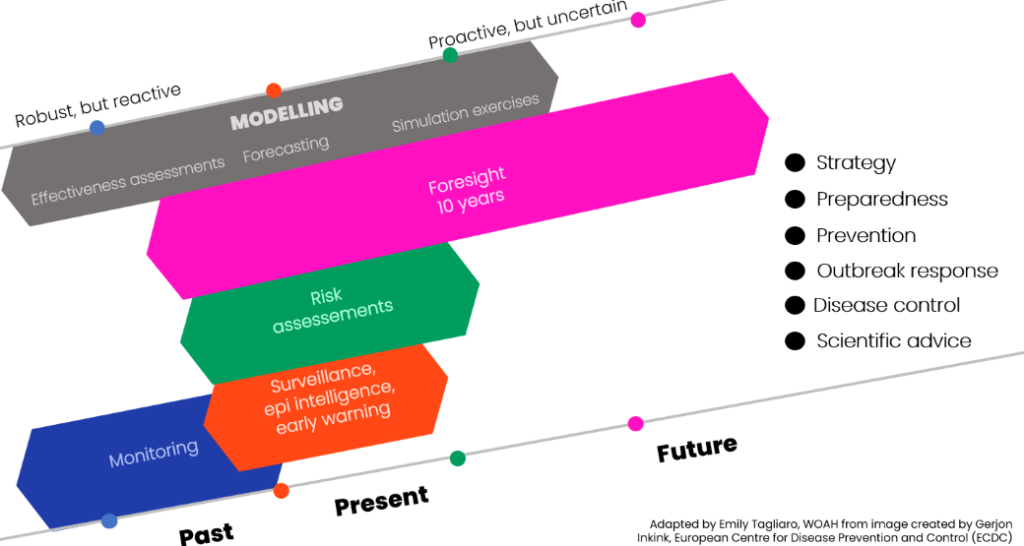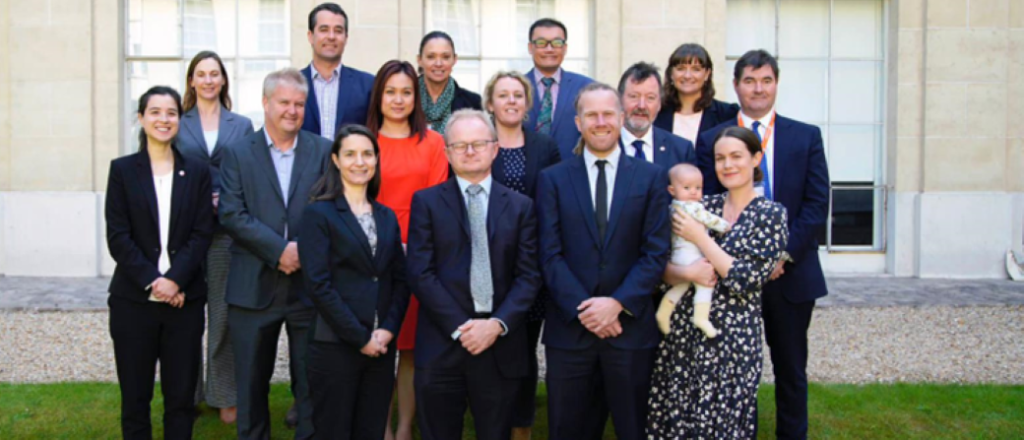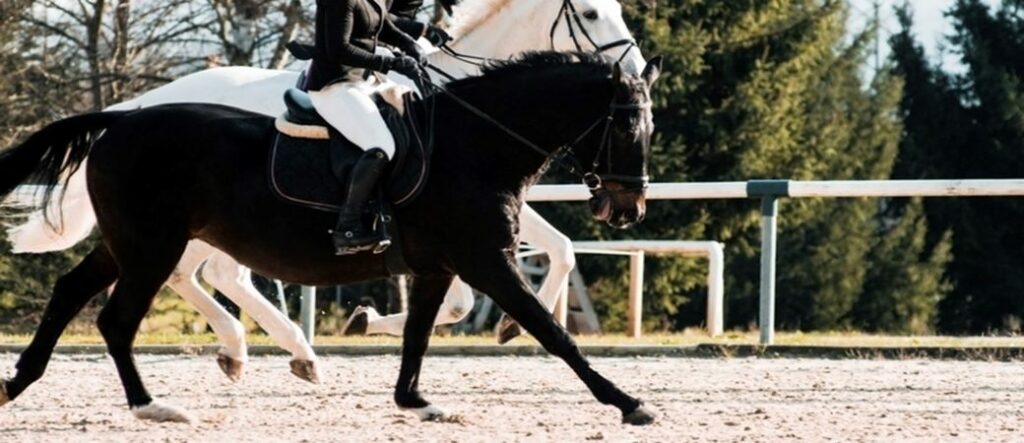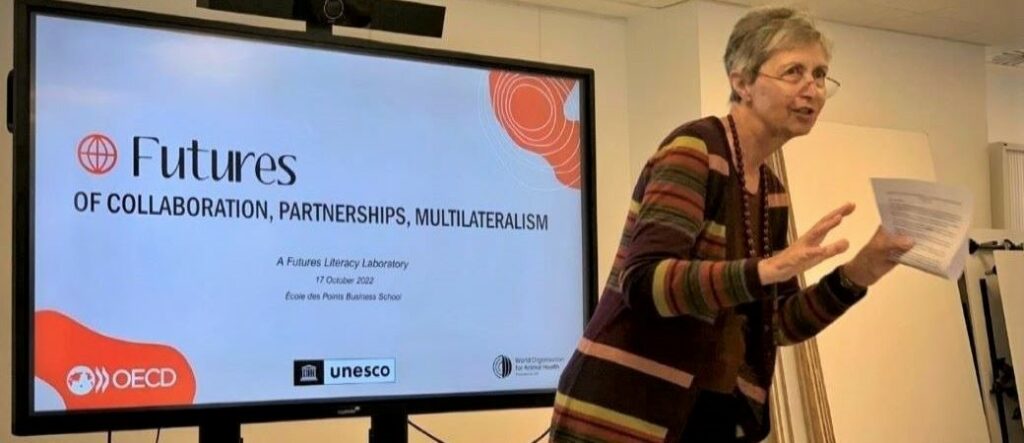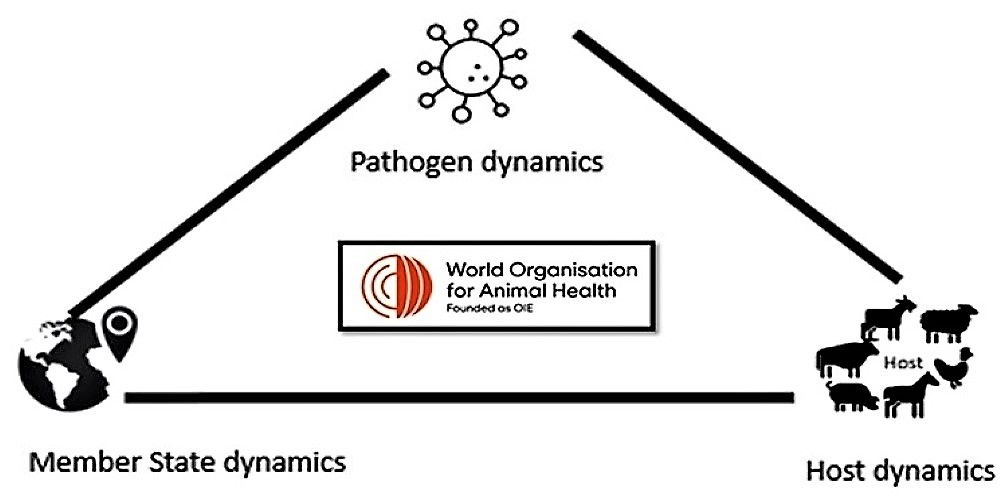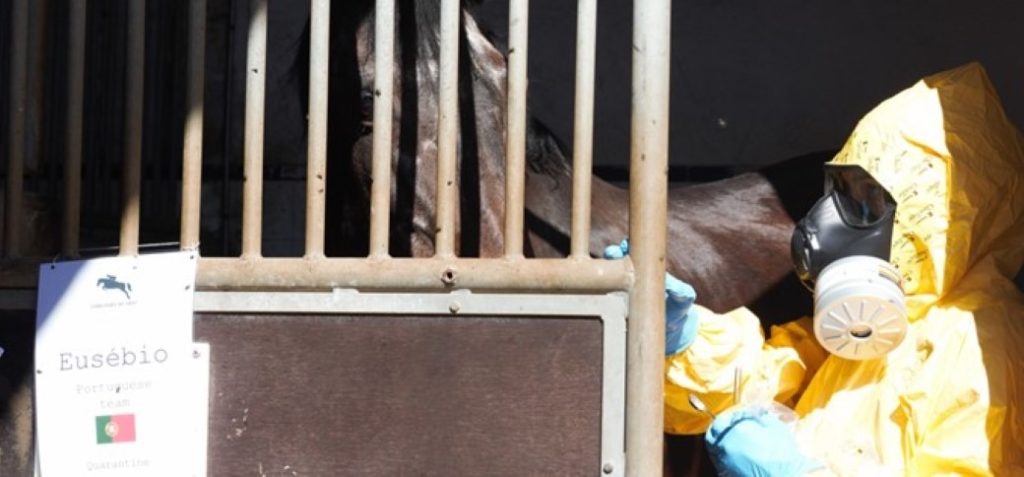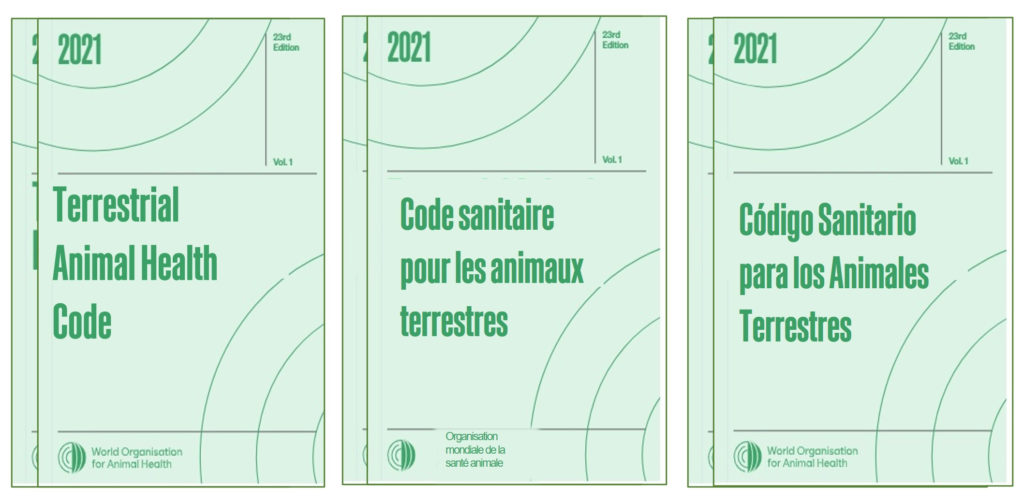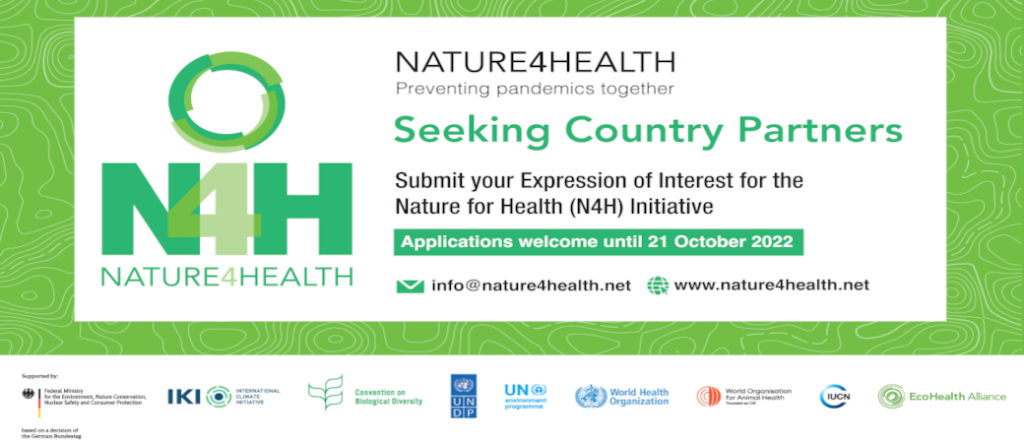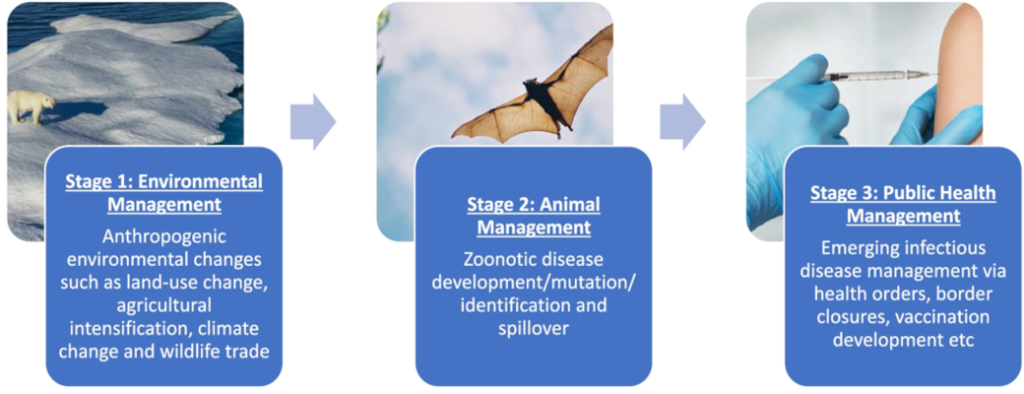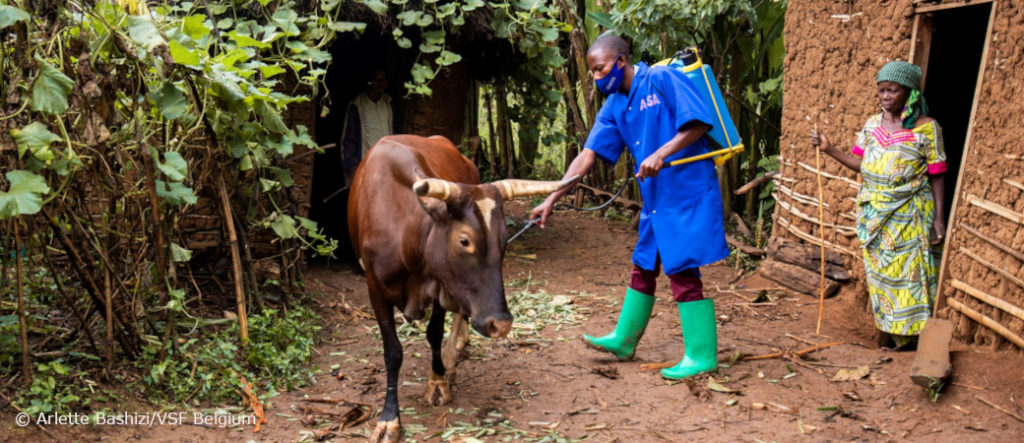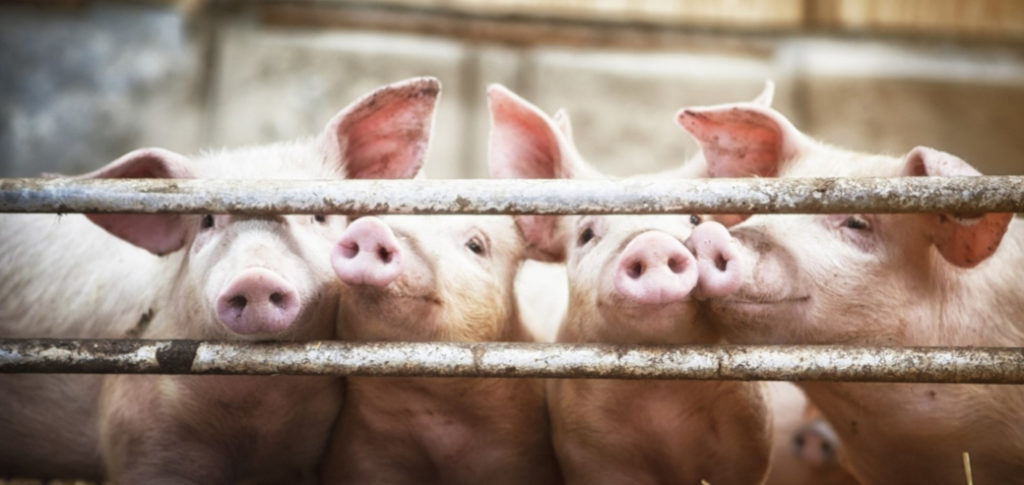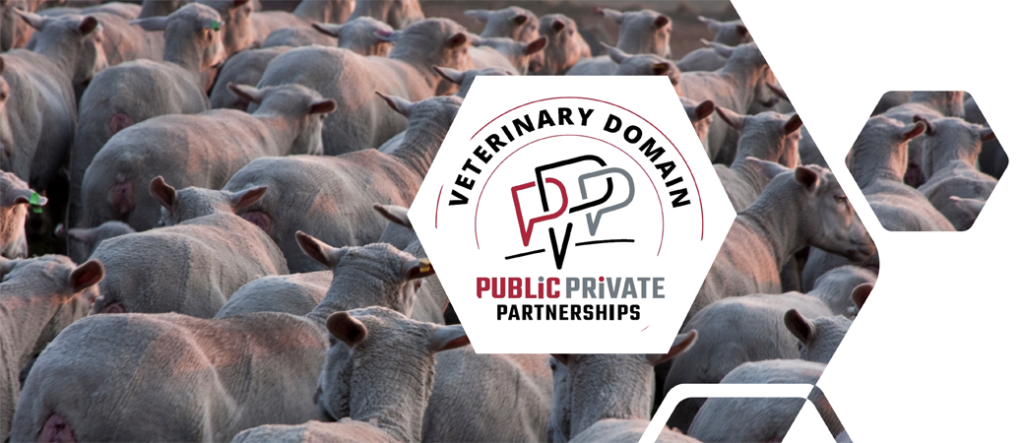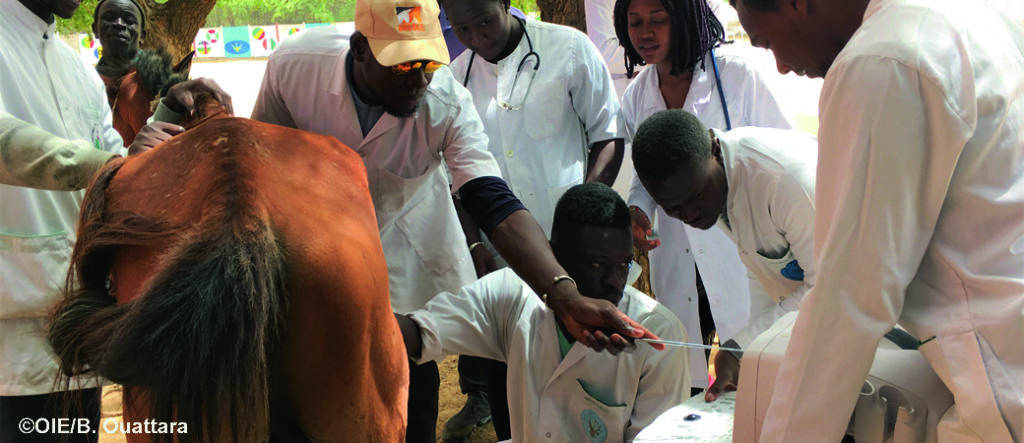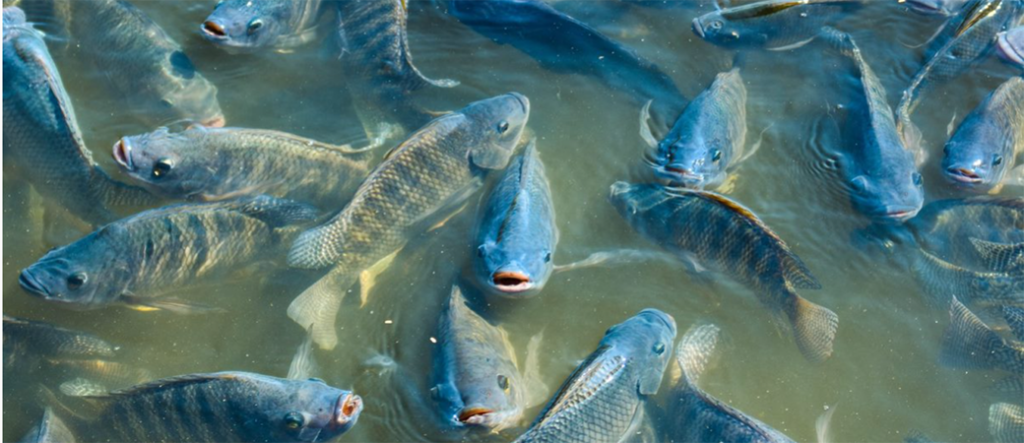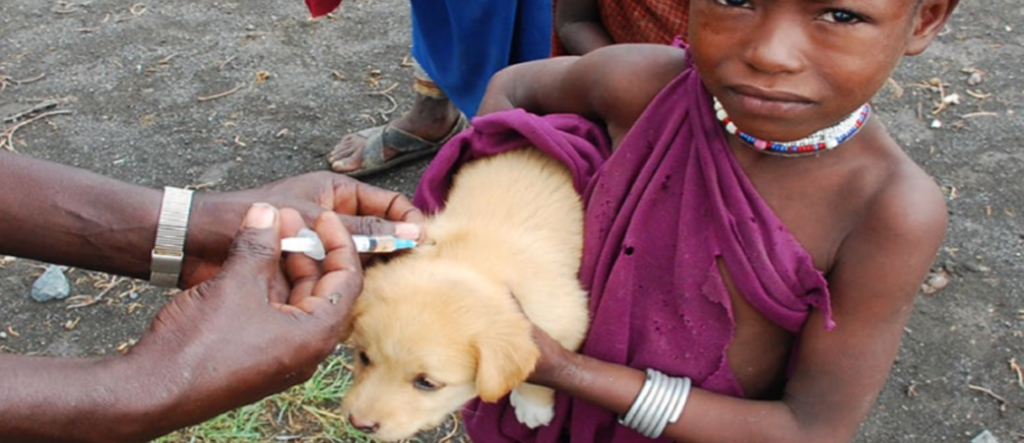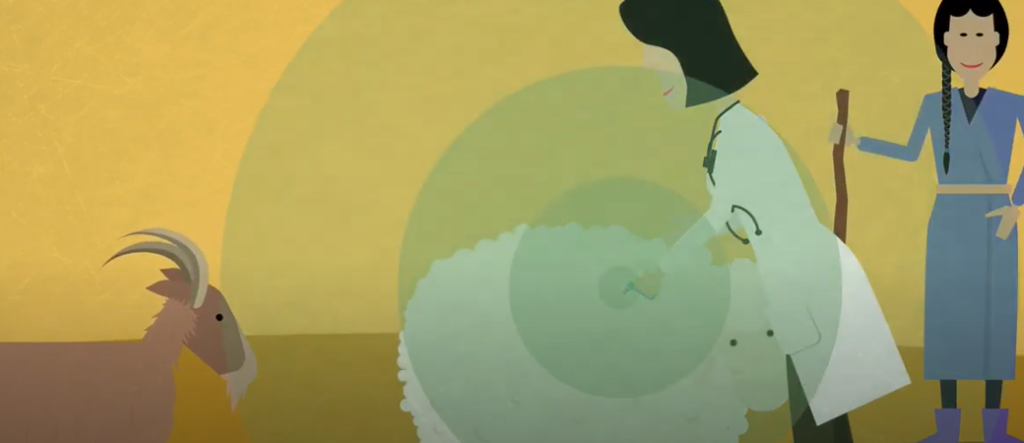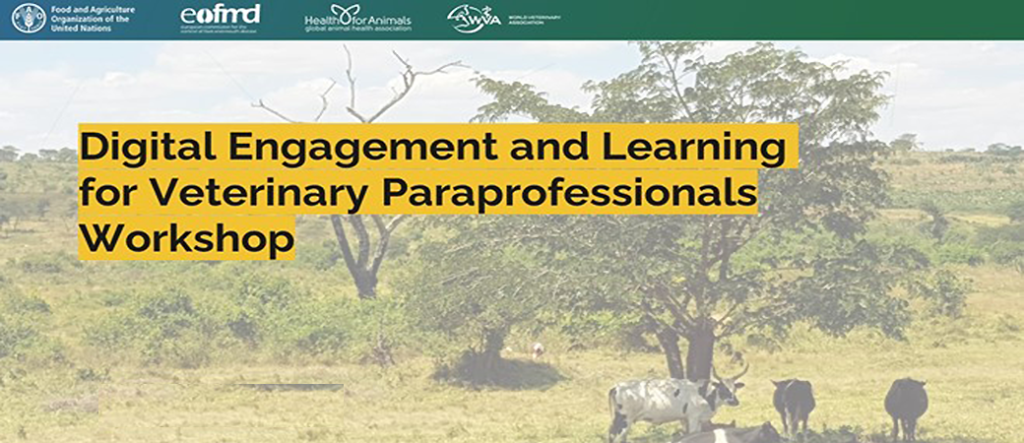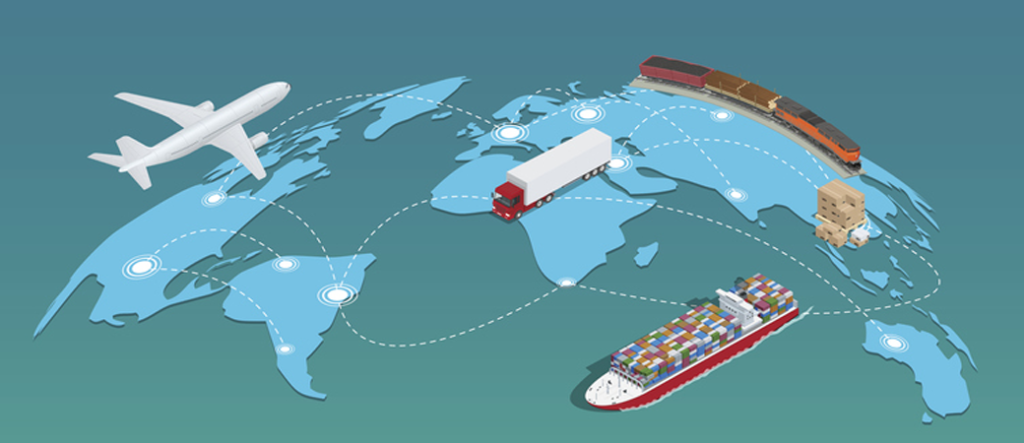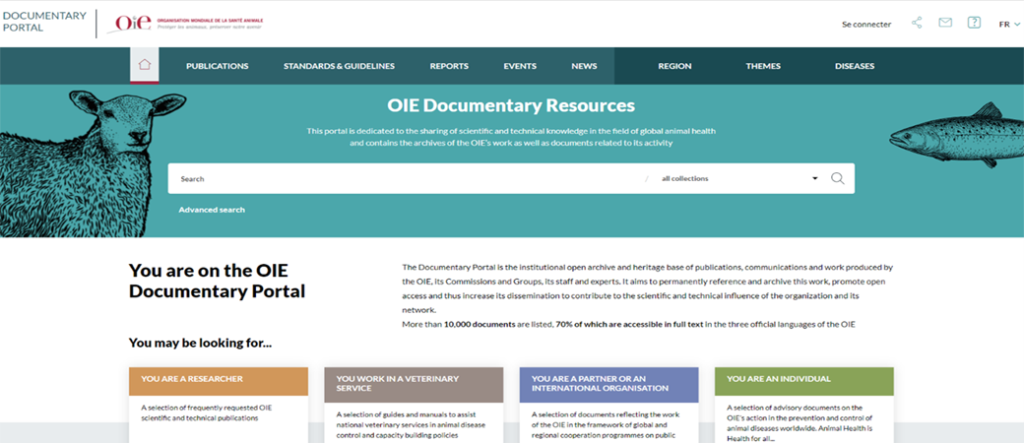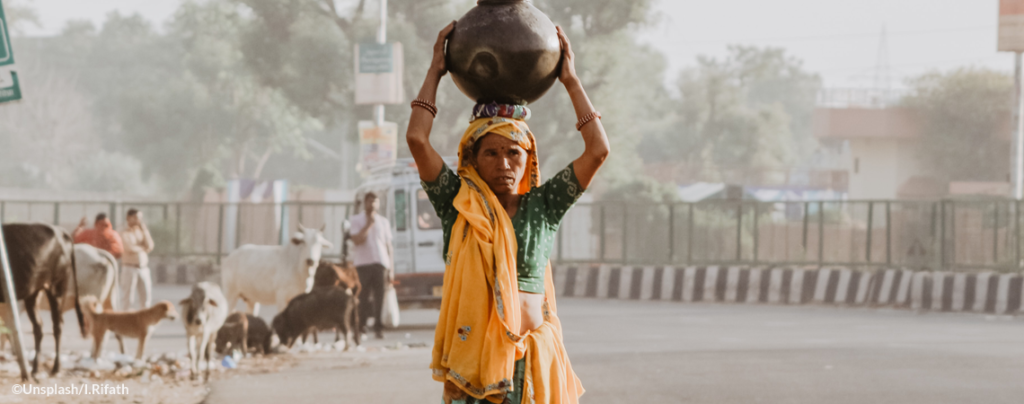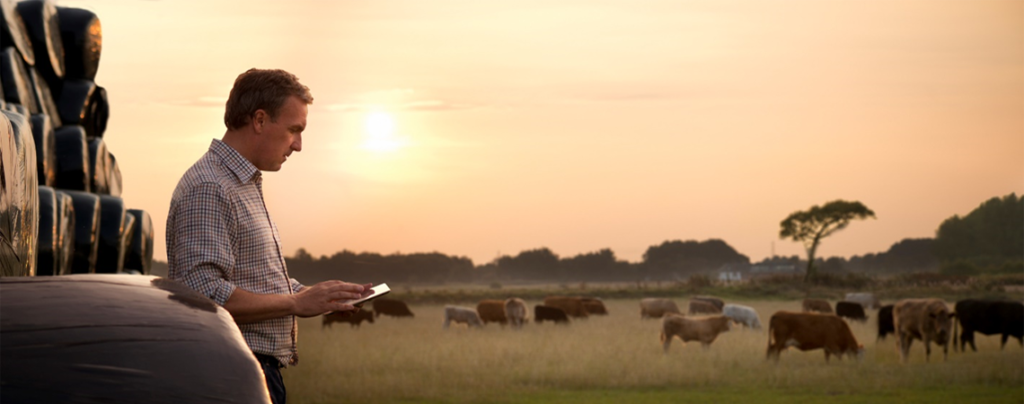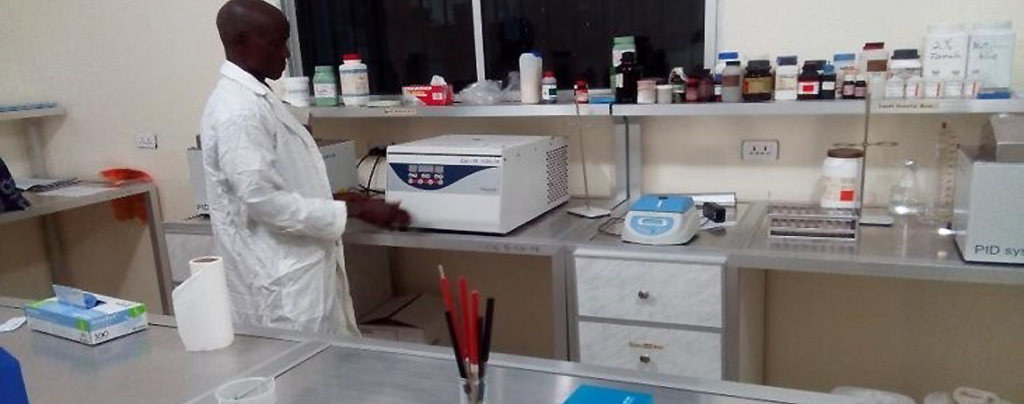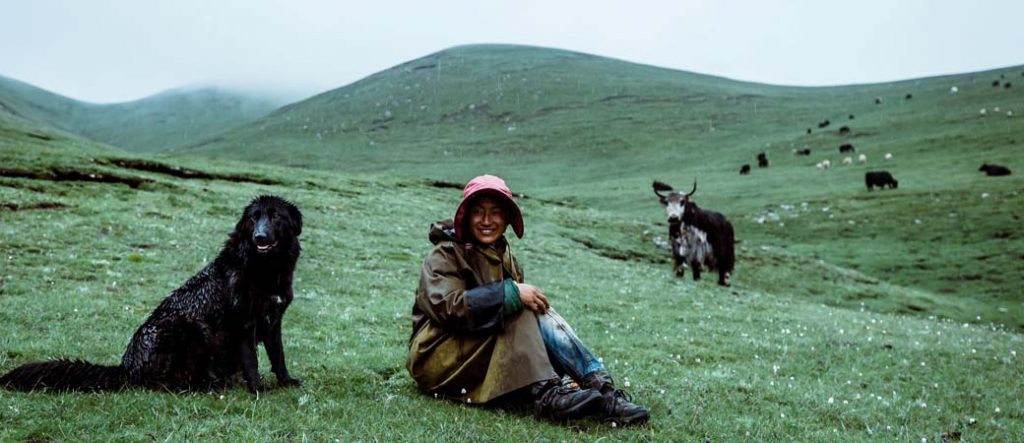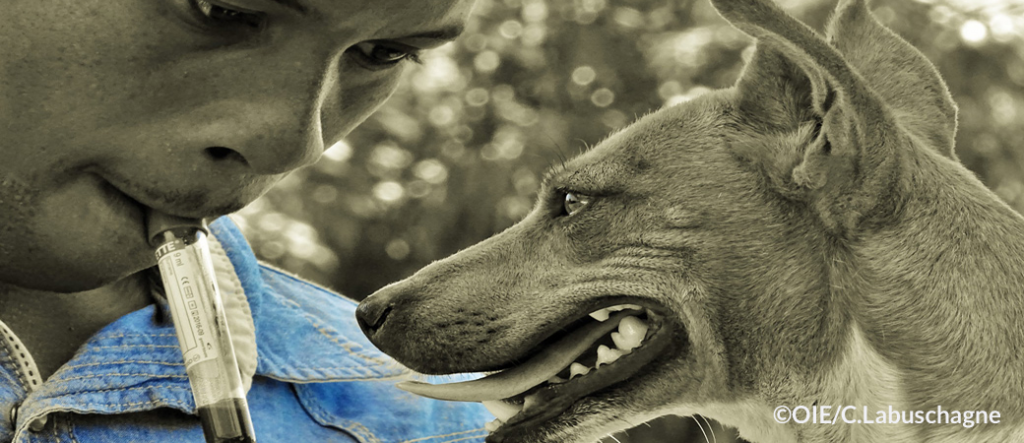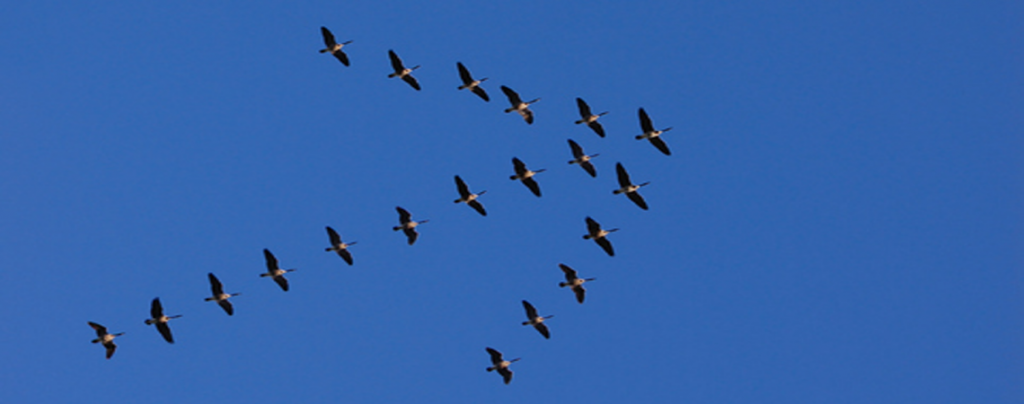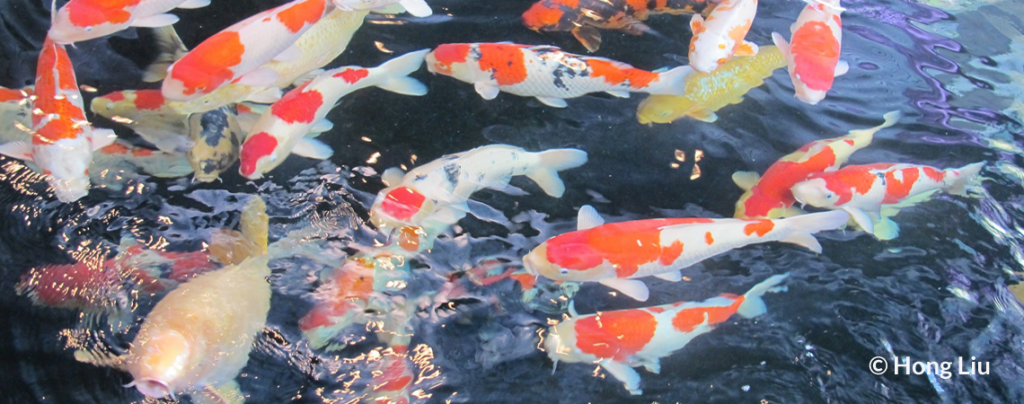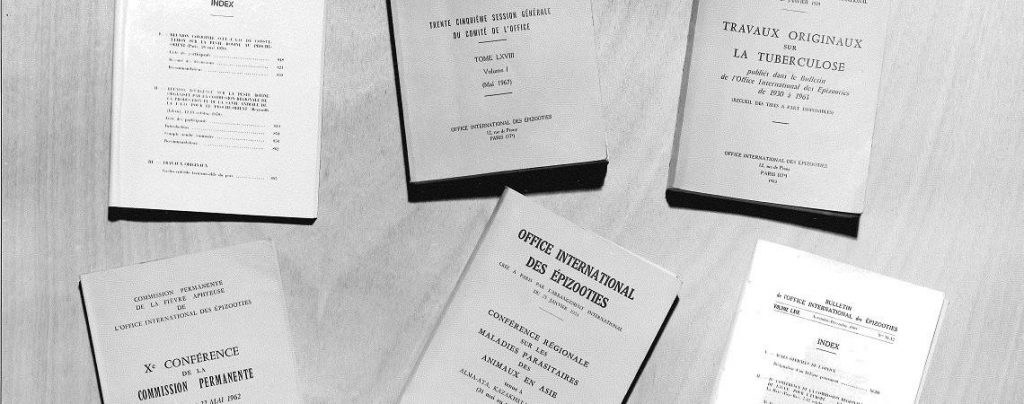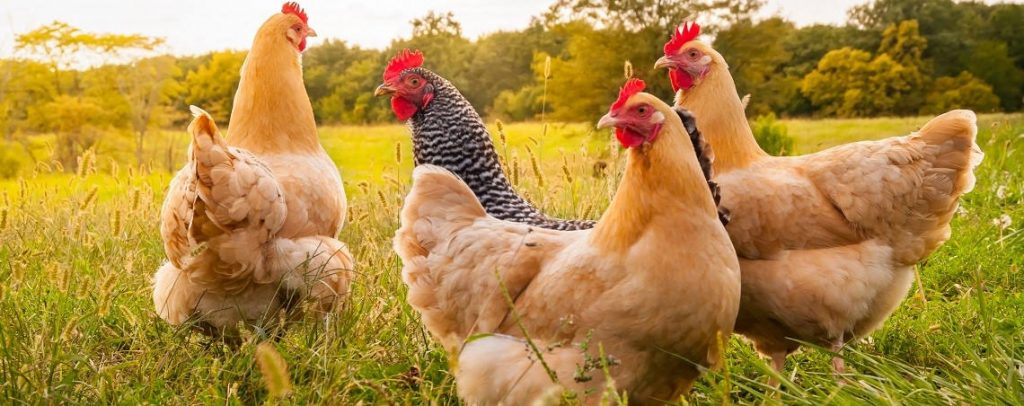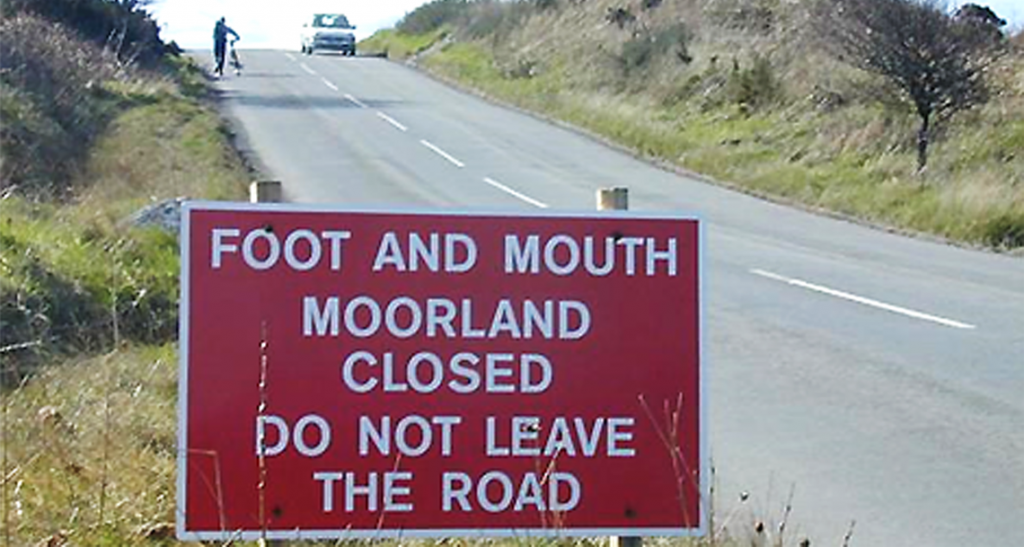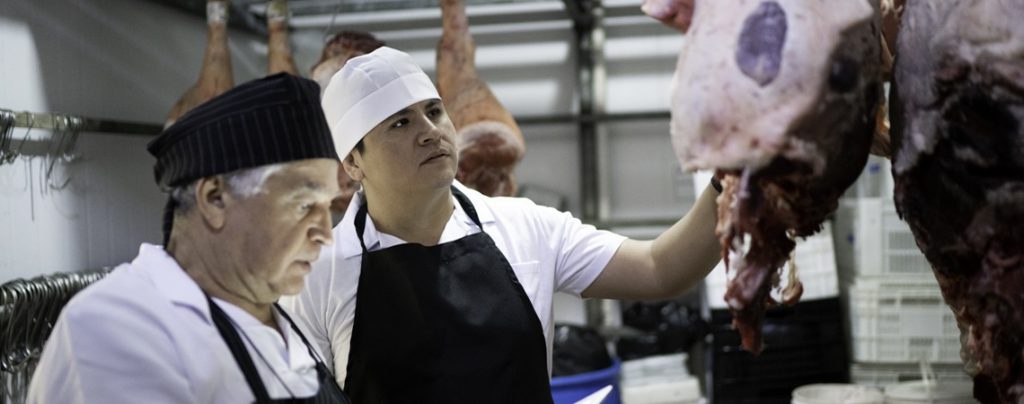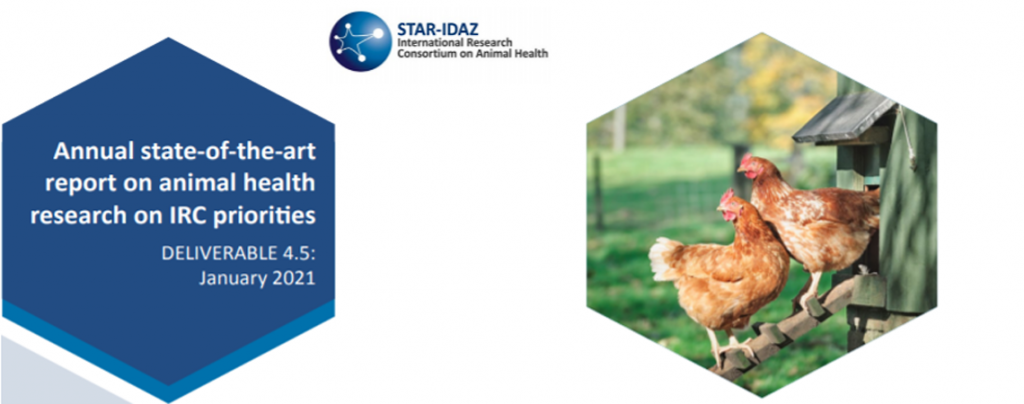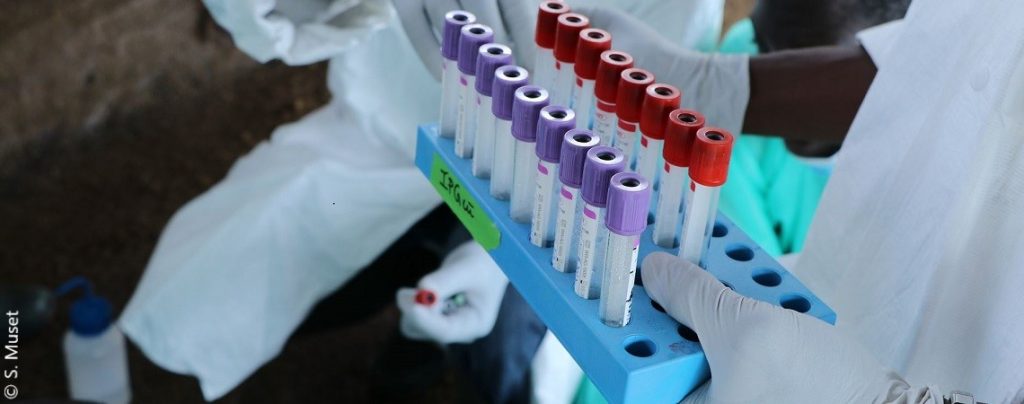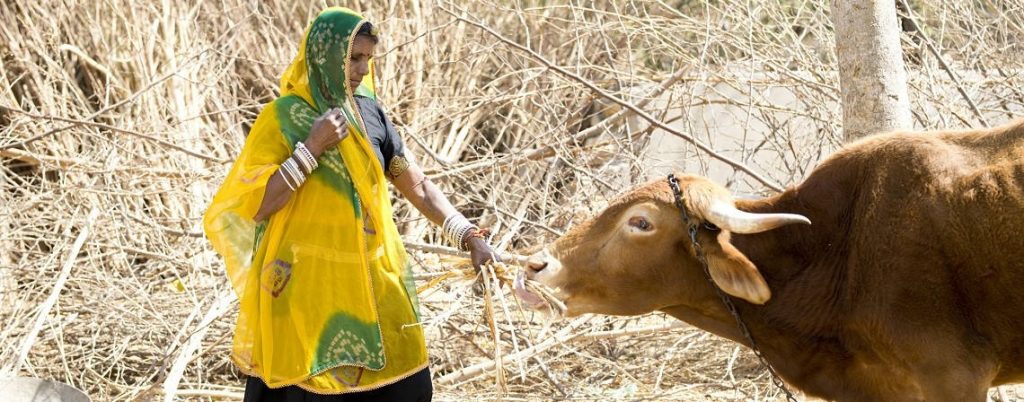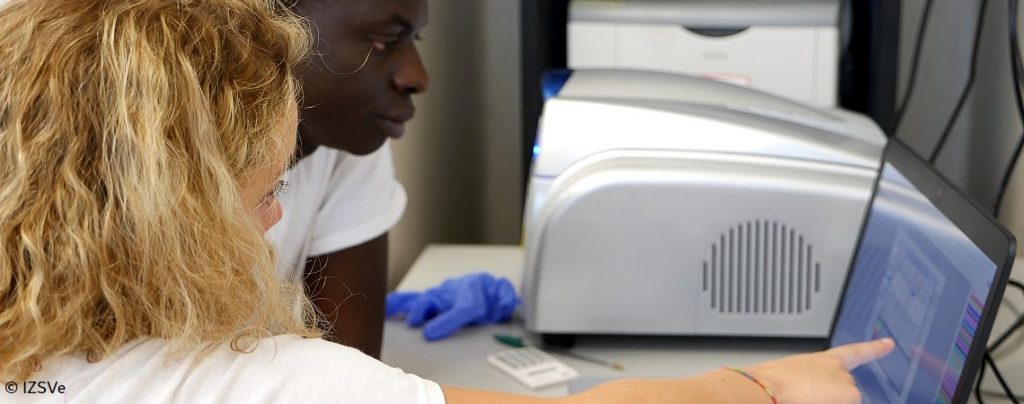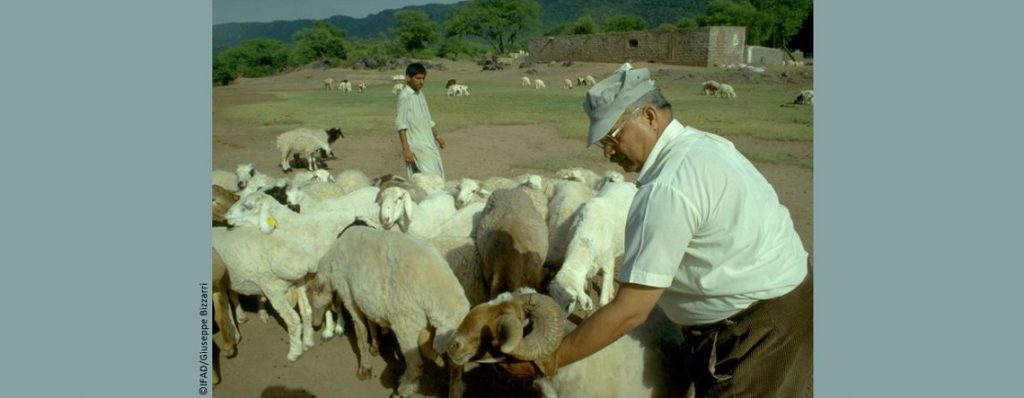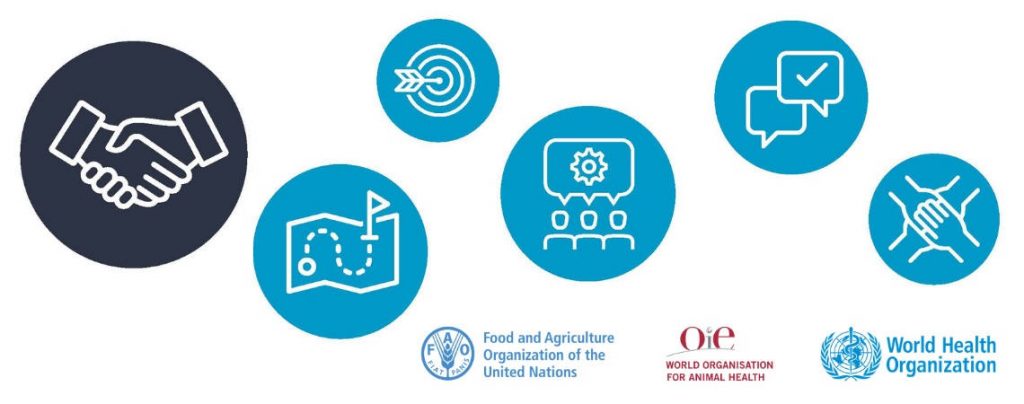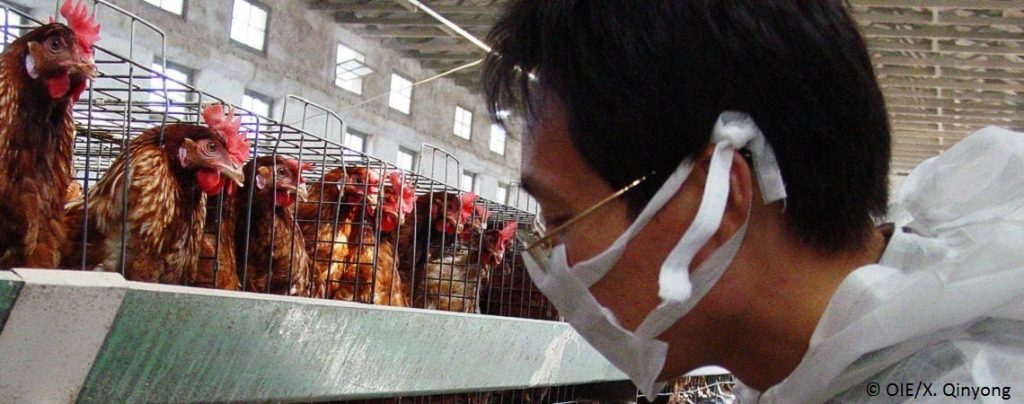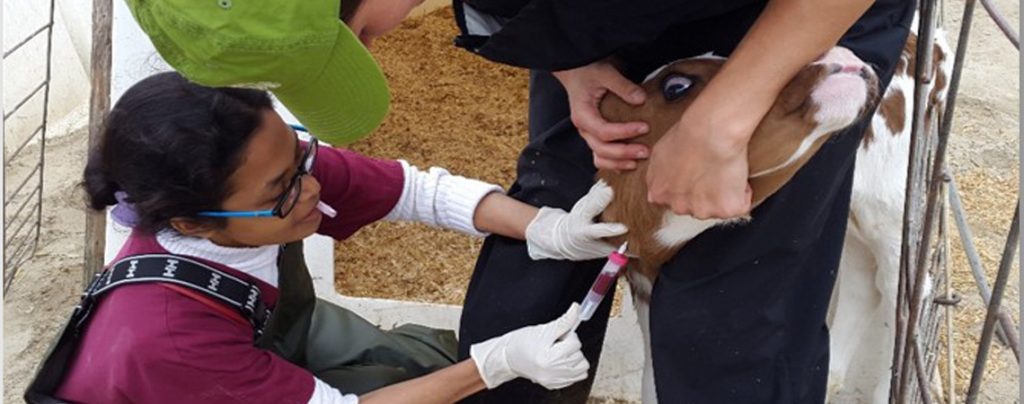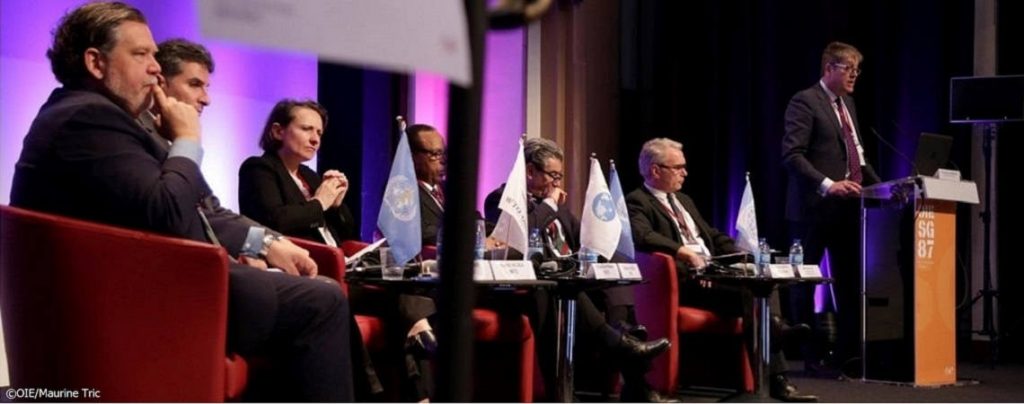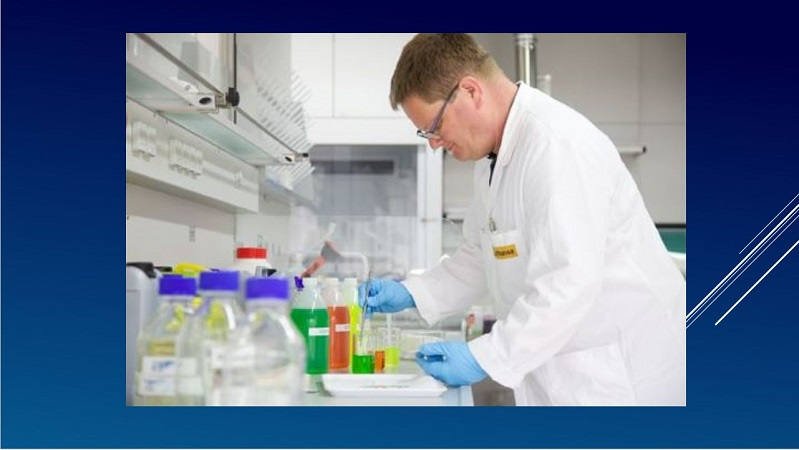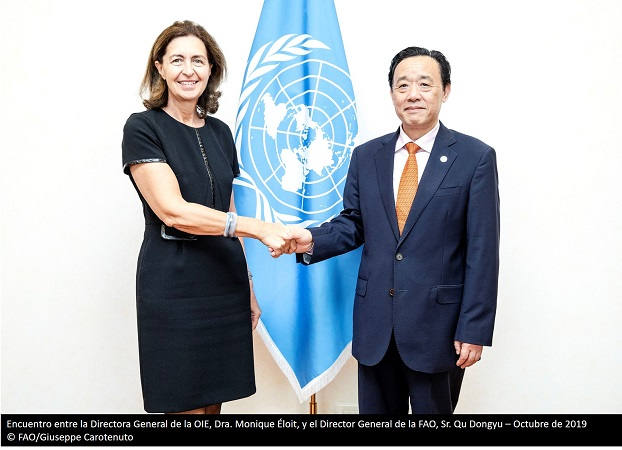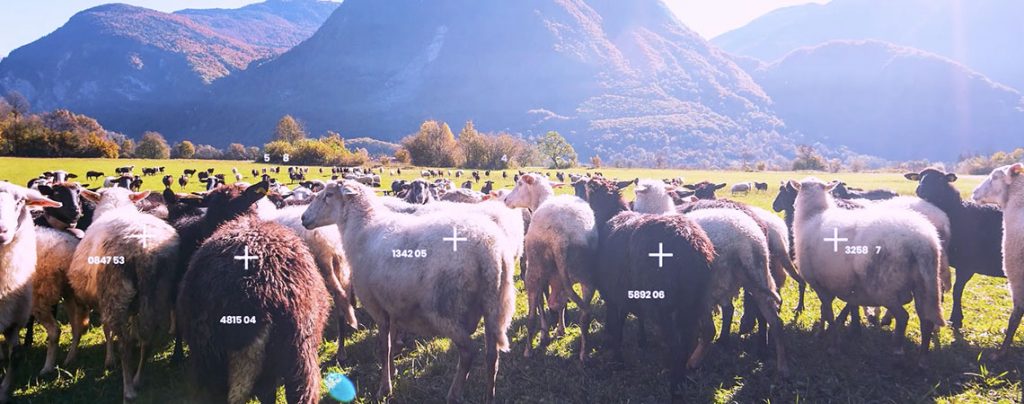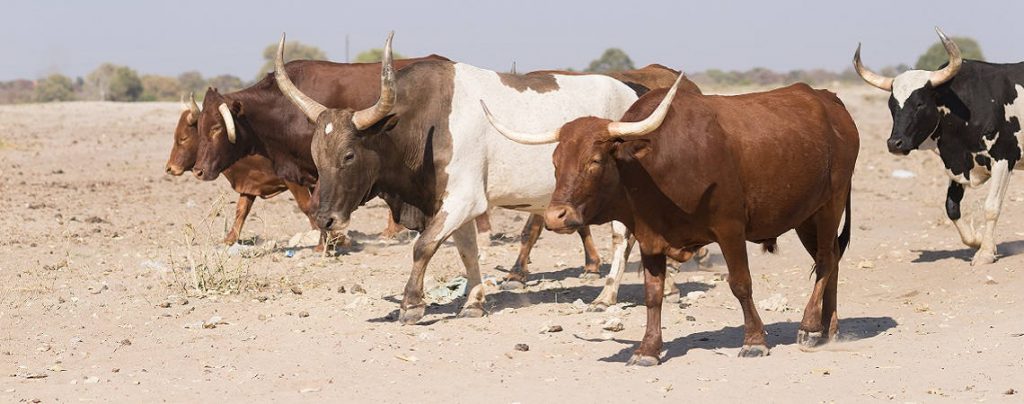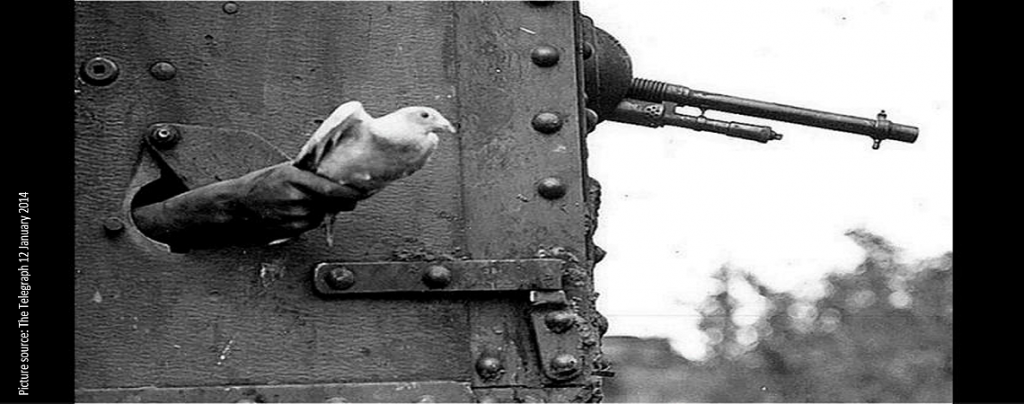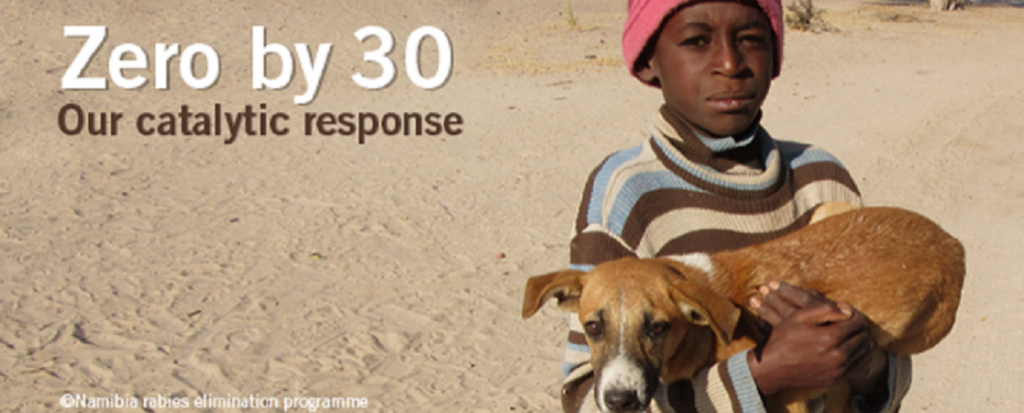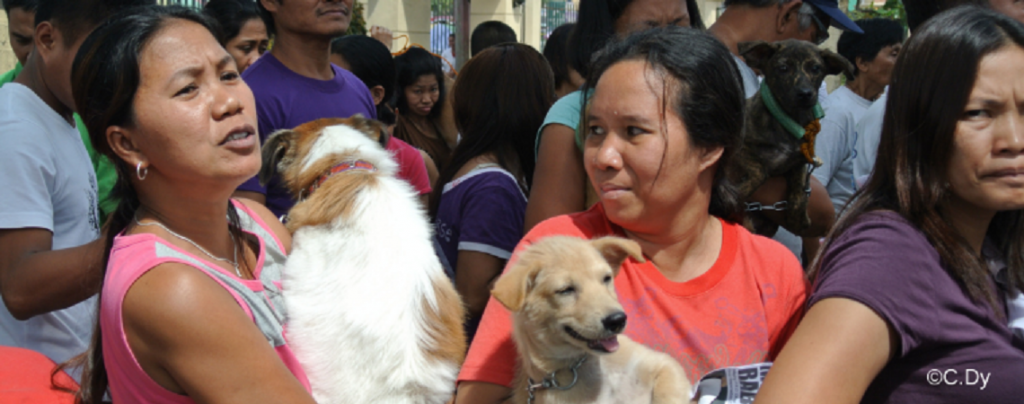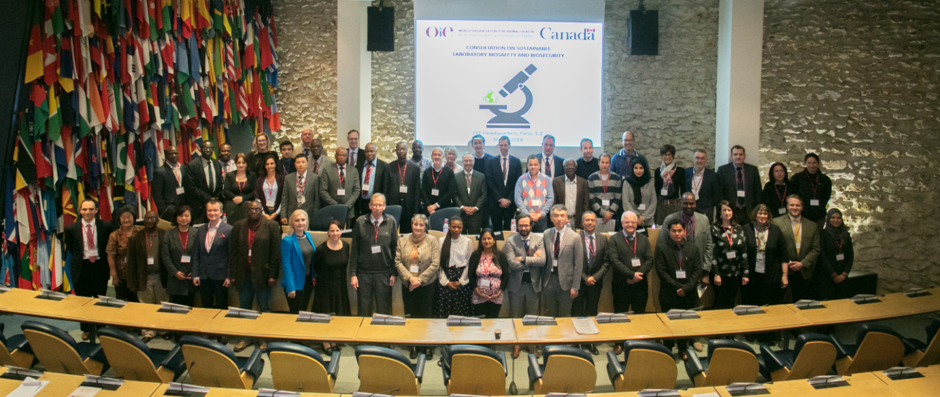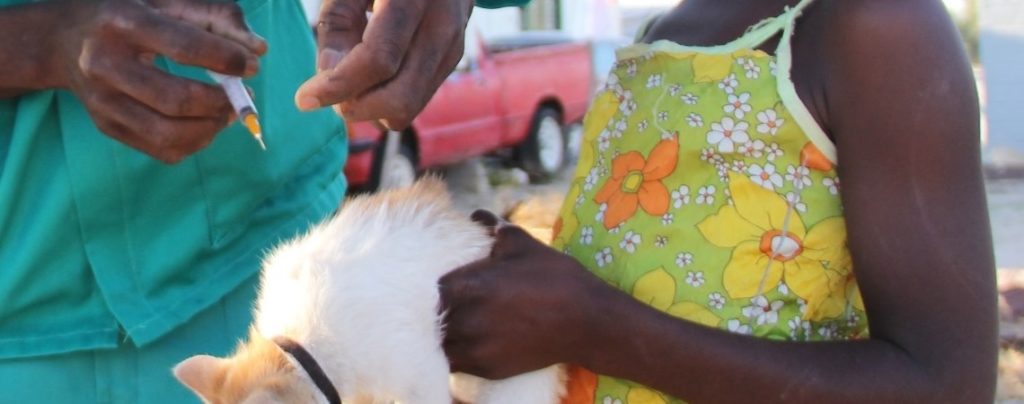INFORMACIÓN CONTINUA Publicado en 2021-04-28 14:35:08
How disease control and animal health services can impact antimicrobial resistance. A retrospective country case study of Sweden
Palabras clave
Authors
Martin Wierup (1), Helene Wahlström (2) & Björn Bengtsson (2)
(1) Department of Biomedical Sciences and Veterinary Public Health, Swedish University of Agricultural Sciences, Uppsala, Sweden.
(2) National Veterinary Institute, Uppsala, Sweden.
The designations and denominations employed and the presentation of the material in this article do not imply the expression of any opinion whatsoever on the part of the OIE concerning the legal status of any country, territory, city or area or of its authorities, or concerning the delimitation of its frontiers and boundaries.
The views expressed in this article are solely the responsibility of the author(s). The mention of specific companies or products of manufacturers, whether or not these have been patented, does not imply that these have been endorsed or recommended by the OIE in preference to others of a similar nature that are not mentioned.
Summary
Data and experiences in Sweden show that it is possible to combine high productivity in animal production with the restricted use of antibiotics. The major key factors that explain Sweden’s success in preventing AMR are:
- Swedish veterinary practitioners were aware of the risk of AMR as early as the 1950s, and the need for prudent use of antibiotics was already being discussed in the 1960s.
- Early establishment of health services and health controls to prevent, control and, when possible, eradicate endemic diseases reduced the need for antibiotics.
- Access to data on antibiotic sales and AMR made it possible to focus on areas of concern.
- State veterinary leadership provided legal structures and strategies for cooperation between stakeholders and facilitated the establishment of coordinated animal health services that are industry-led, but supported by the State.
State leadership of veterinary activities and epizootic disease control
In Sweden, the State took the lead role in disease control early in the 20th century when a series of outbreaks of major epizootic diseases occurred (Table I). Substantial efforts were made to eradicate these diseases, and the laboratory and veterinary infrastructure that the State developed at the time subsequently became a valuable tool in the prevention of endemic disease.
Early focus on endemic diseases – major target for antibiotic use
In 1945, industry-led animal health advisory organisations began providing health advice services to help animal producers control endemic diseases, which are the major burden of disease and the major target for antibiotic use (Fig. 1). Today, close to 100% of all commercial producers use these organised health services. In 1969, regulations were introduced enabling industry organisations to obtain State funding to implement disease control programmes for specific diseases of national importance. These programmes, known as ‘organised health controls’ follow government guidelines and are supervised by the State. This collaboration between industry and the State has enabled important endemic diseases to be controlled or eradicated (Table II).

Veterinary expertise on farms
Producers who use organised health services or participate in organised health control programmes receive regular visits from veterinarians. This enables them to benefit from veterinary expertise and obtain advice on farm-specific issues and on complying with policies and recommendations on biosecurity, the use of antibiotics and good agricultural practice.
Antibiotic use and resistance
Since the mid-1950s, veterinary practitioners and researchers in Sweden have frequently highlighted the risks of AMR and the need for prudent use of antibiotics. The ban (1986) on antibiotics for growth promotion (AGP) put the focus on disease prevention by other means, including management, feeding, and housing. Data on the occurrence of AMR has been available since the late 1950s and data on antibiotic sales has been accessible since 1980, and these data have been used to formulate policies, guidelines and legislation on the use of antibiotics, and to evaluate the effects of actions taken. The data transformed a general awareness of AMR into a concrete understanding of the problem and enabled action to be taken to mitigate the emergence of AMR.
Several actions have also been taken to counteract the spread of resistant bacteria of specific importance. A policy on the treatment of mastitis in dairy cows in 1995 reduced the occurrence of penicillin-resistant Staphylococcus aureus from 10% to 1% by recommending that cows infected with resistant S. aureus should be culled rather than treated. In addition, cooperation between national authorities in the human and animal sectors has enabled Sweden to take a One Health approach to the problem of antibiotic resistance.
Cooperation in problem solving
The Veterinary Competent Authority has facilitated control of infectious diseases and AMR by using its regulatory and financial tools. Cooperation between relevant stakeholders has enabled mutual understanding of the need for, and benefits of, implementing measures to prevent and control infectious diseases and to counteract AMR. Controls on the import of, and domestic trade in, animals, genes and feed ingredients have prevented the introduction and spread of several infectious diseases. The use of antibiotics has also become an important issue on the political agenda and for consumers.
Early actions
In areas of major importance for counteracting AMR, Sweden took action long before other countries; for example, it implemented national disease eradication programmes early on, and as a result was able to eradicate bovine tuberculosis and bovine brucellosis (Table I). Also, the country introduced measures to control Salmonella more than 60 years ago, which has resulted in virtually salmonella-free animal and feed production. Sweden was the first country to regularly publish data on national sales of antibiotics and to ban the use of AGPs, and it initiated national monitoring of AMR in animals as early as 2000.
References
- European Medicines Agency (EMA) (2020). – European surveillance of veterinary antimicrobial consumption, 2020. ‘Sales of veterinary antimicrobial agents in 31 European countries in 2018’. (EMA/24309/2020). EMA, Amsterdam.
- European Food Safety Authority (EFSA) & European Centre for Disease Prevention and Control (ECDC) (2020). – The European Union summary report on antimicrobial resistance in zoonotic and indicator bacteria from humans, animals and food in 2017/2018. EFSA J., 18 (3), e06007. https://doi.org/10.2903/j.efsa.2020.6007
- World Health Organization (WHO) (2015). – Global Action Plan on Antimicrobial Resistance. WHO, Geneva.
- Wierup M., Wahlstrom H. & Bengtsson B. (2021). – Successful prevention of antimicrobial resistance in animals – A retrospective country case study of Sweden. Antibiotics, 10 (2), 129. https://doi.org/10.3390/antibiotics10020129
- European Commission (2017). – The new EU One Health Action Plan against Antimicrobial Resistance. https://ec.europa.eu/health/amr/action_eu_en
https://doi.org/10.20506/bull.2021.NF.3167
n OIE News – April 2021





